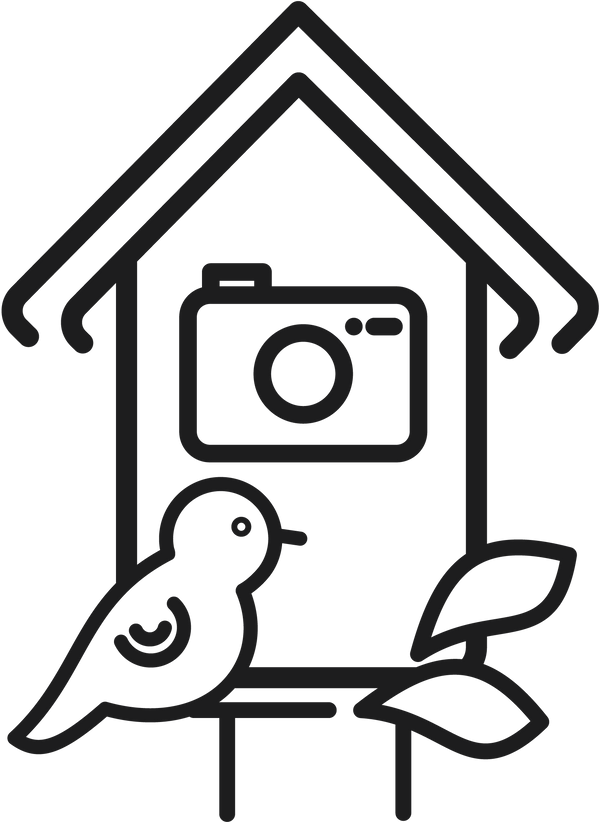Bird of the Year: All winners from 1971 to today
For over 50 years, nature conservation organizations in Germany have chosen a "Bird of the Year" every year. This award - created by the German Nature and Biodiversity Conservation Union (NABU) and the State Association for the Protection of Birds (LBV) - draws attention to endangered species and their habitats. Initially, experts chose the bird, but since 2021 the public has also been voting publicly.
Whether peregrine falcon, kingfisher or robin - each winner symbolizes a conservation issue of its time. In this gallery, we show all the birds of the year from 1971 to the present day - with a picture, name and a brief explanation of why this particular species was chosen.
All birds of the year 1971-2025 at a glance
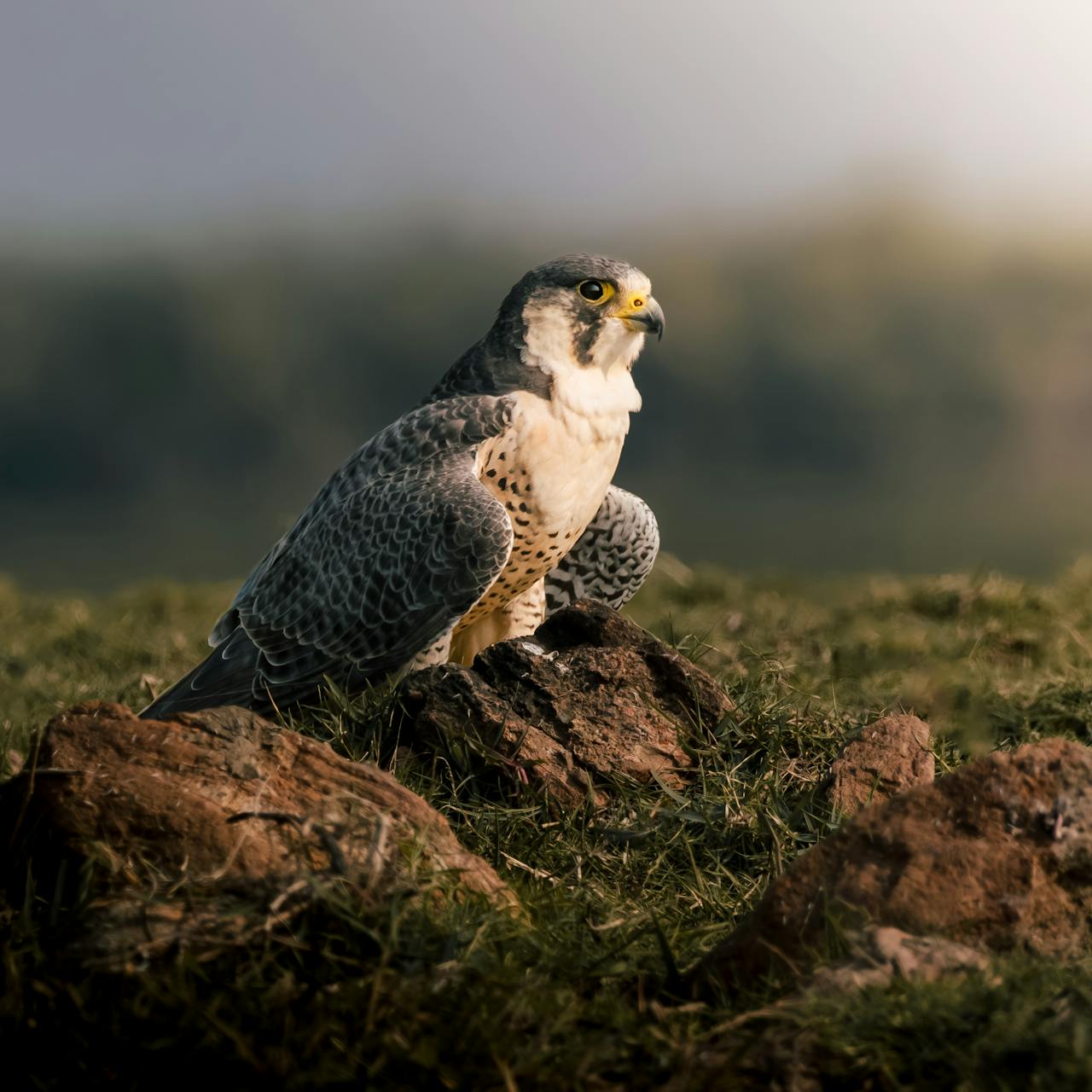
Caption
1971 - Peregrine falcon (Falco peregrinus)
Almost exterminated by pesticides (DDT), first choice
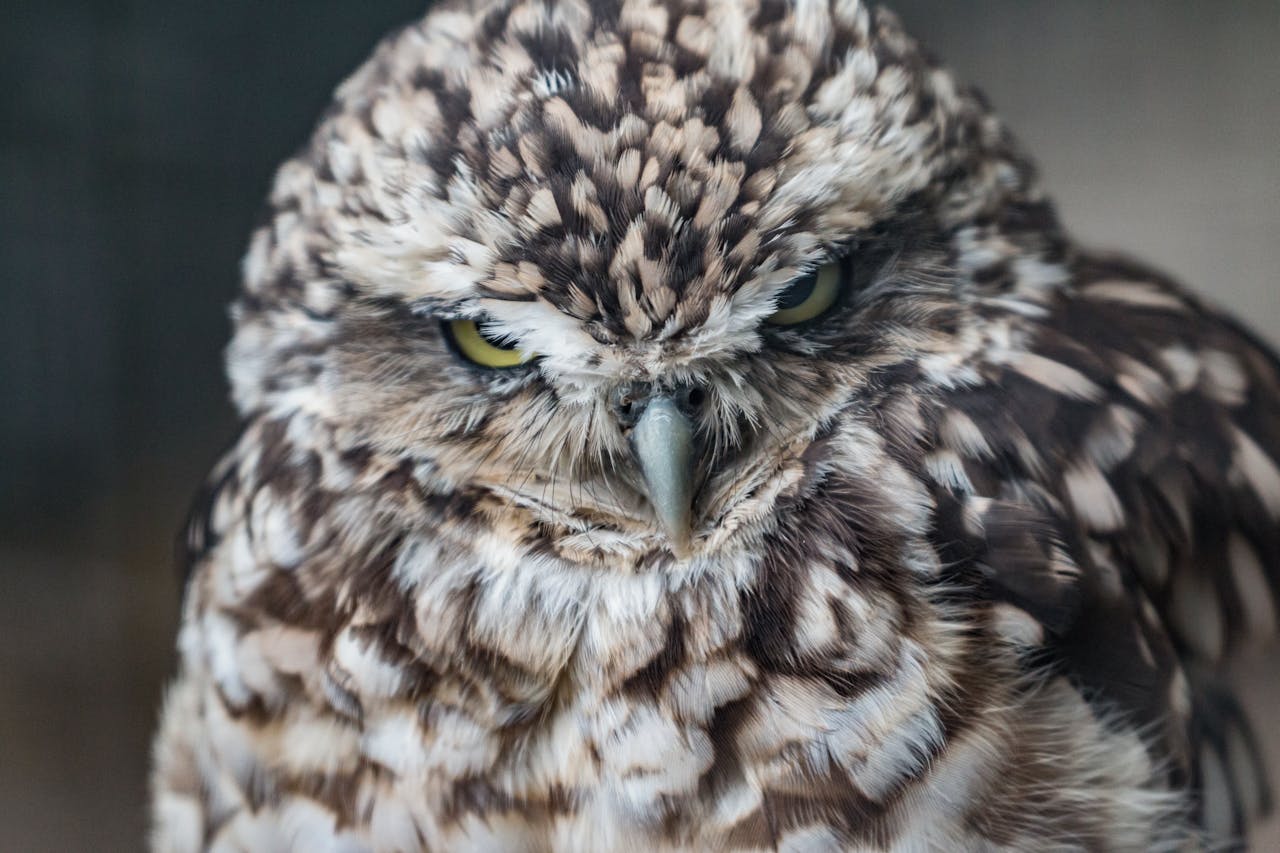
Caption
1972 - Little owl (Athene noctua)
Small owl of orchards, population threatened by habitat loss
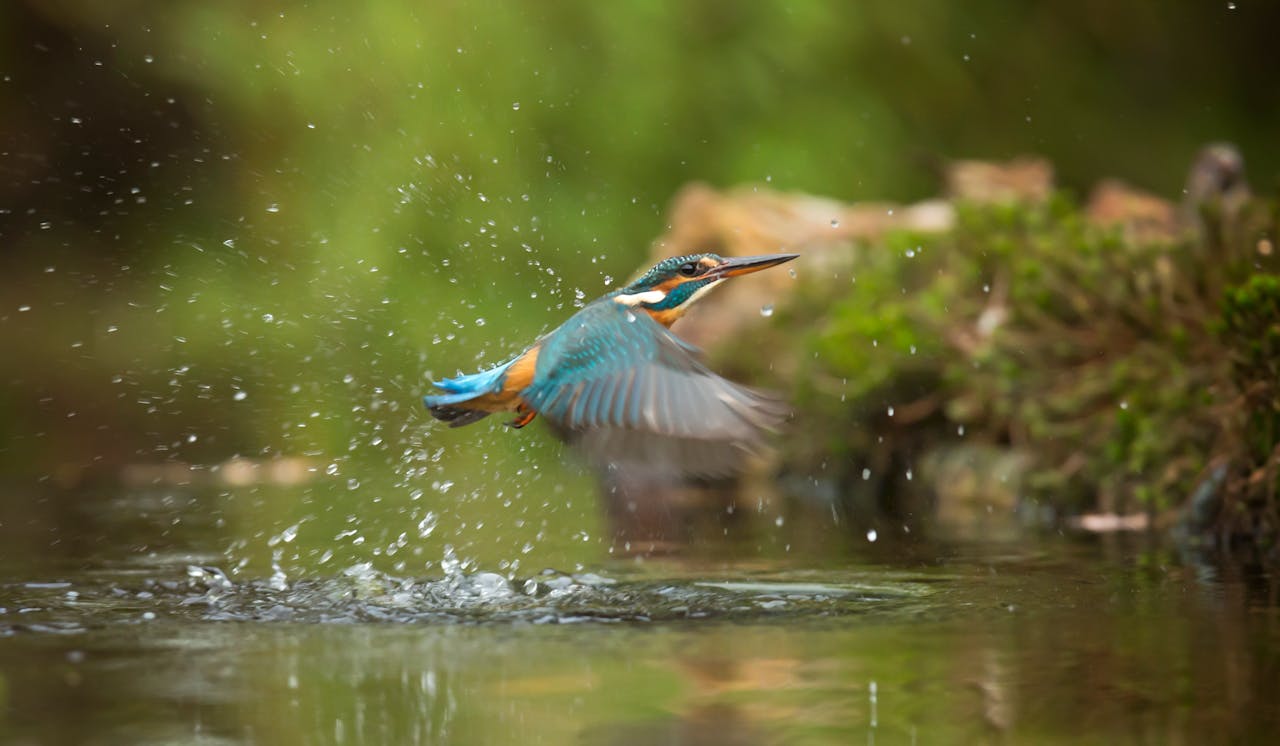
Caption
1973 - Kingfisher (Alcedo atthis)
"Flying gem", indicator for clean waters (2009 again)
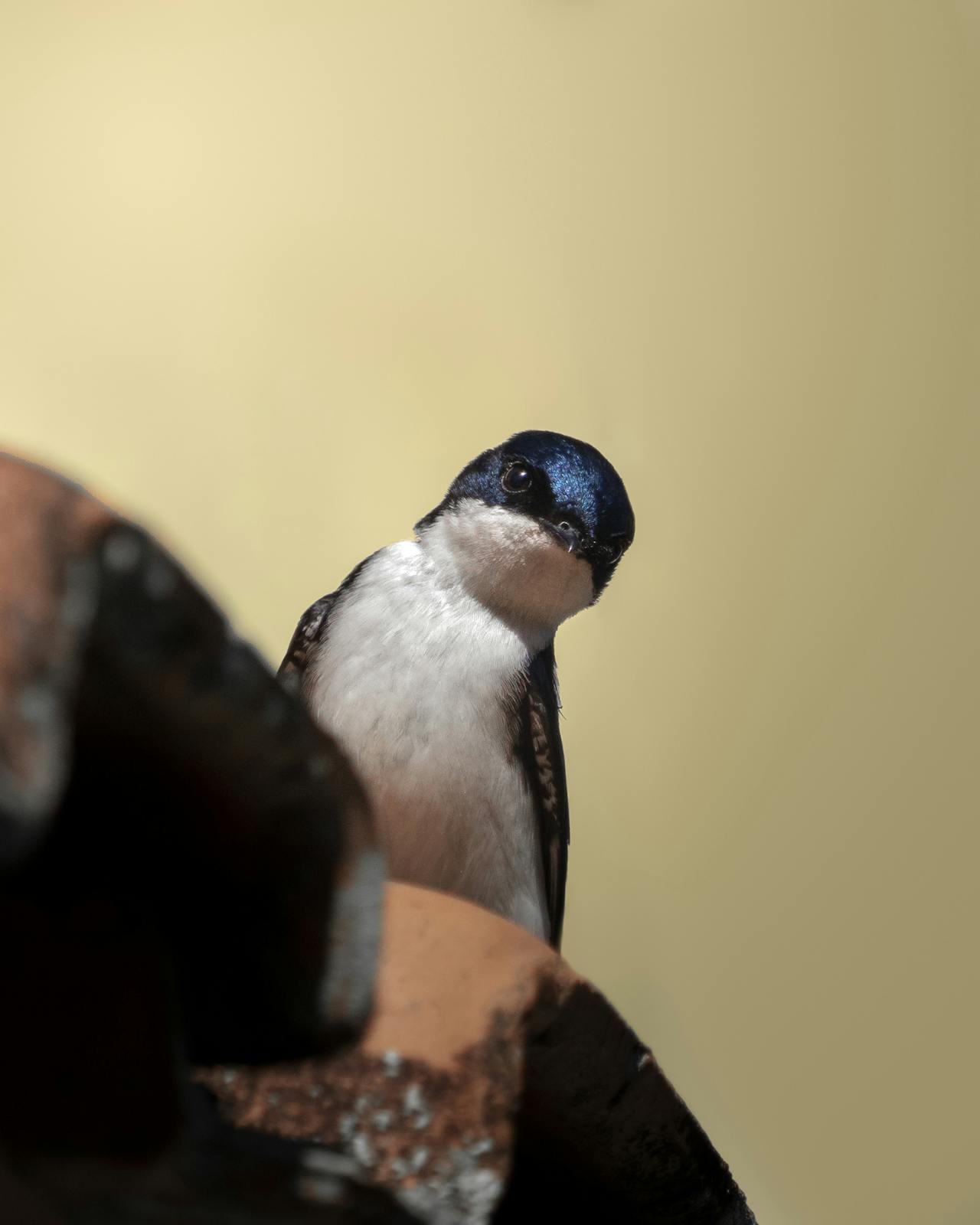
Caption
1974 - House martin (Delichon urbicum)
Building breeder, decline due to lack of insects and loss of nesting sites
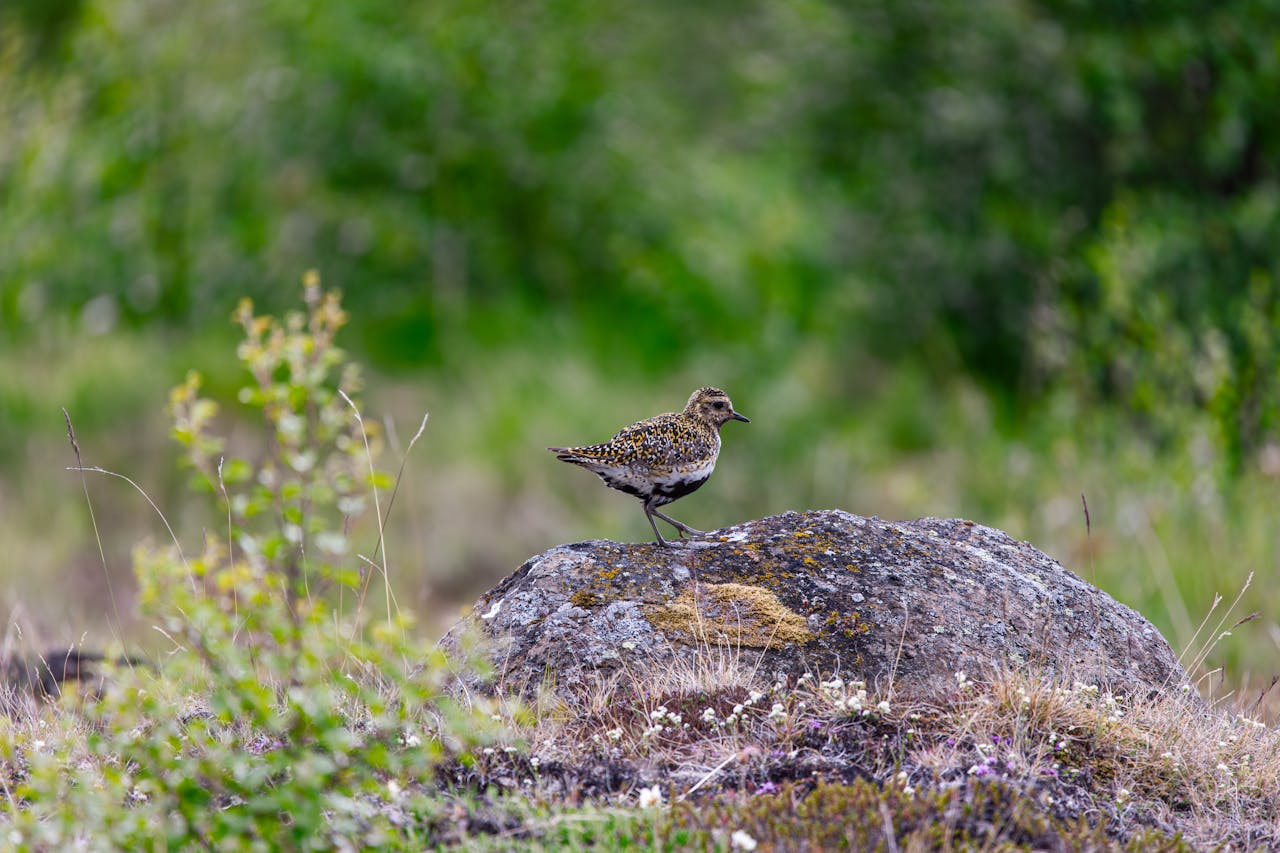
Caption
1975 - Golden plover (Pluvialis apricaria)
Mire and wetland dweller, focus on protecting raised bogs
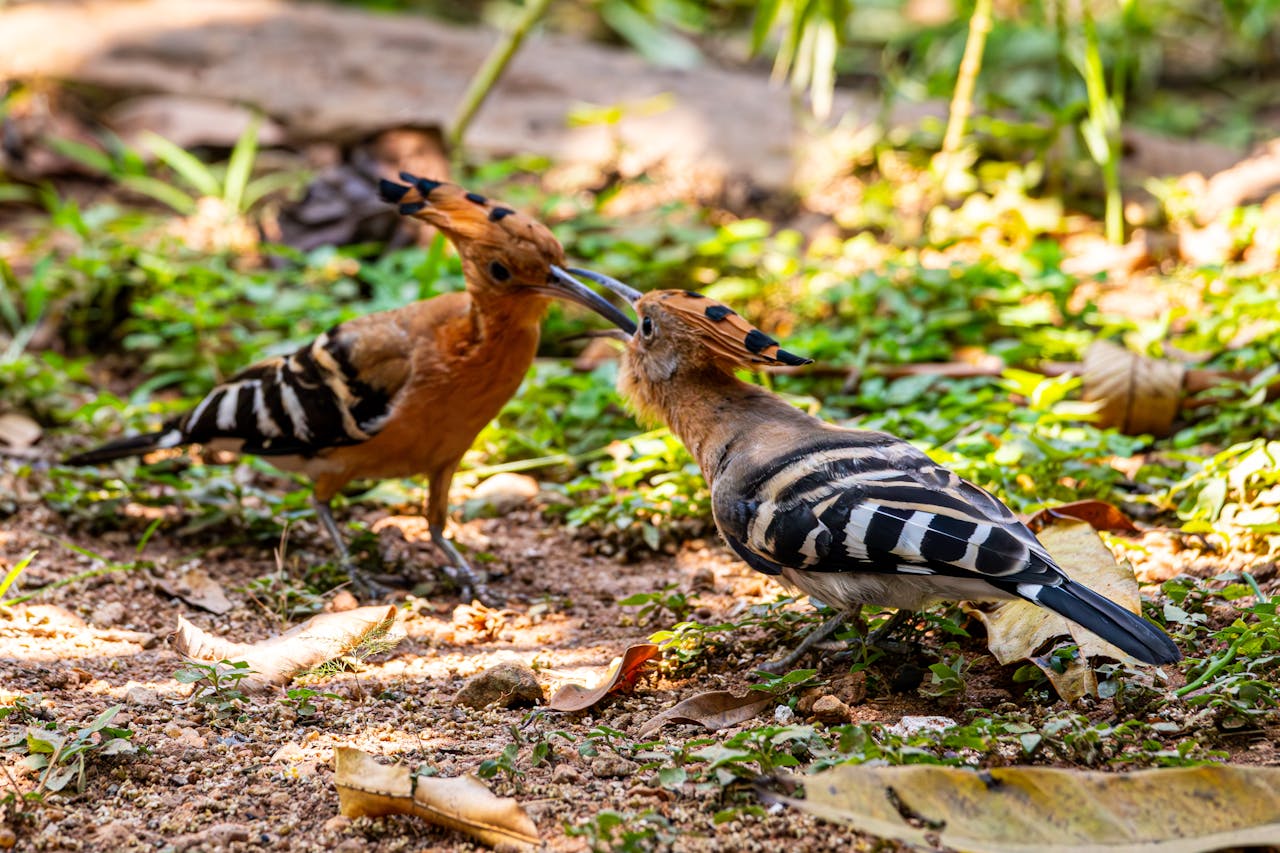
Caption
1976 - Hoopoe (Upupa epops)
Exotic-looking bird of warmer regions, very rare at that time (again in 2022)
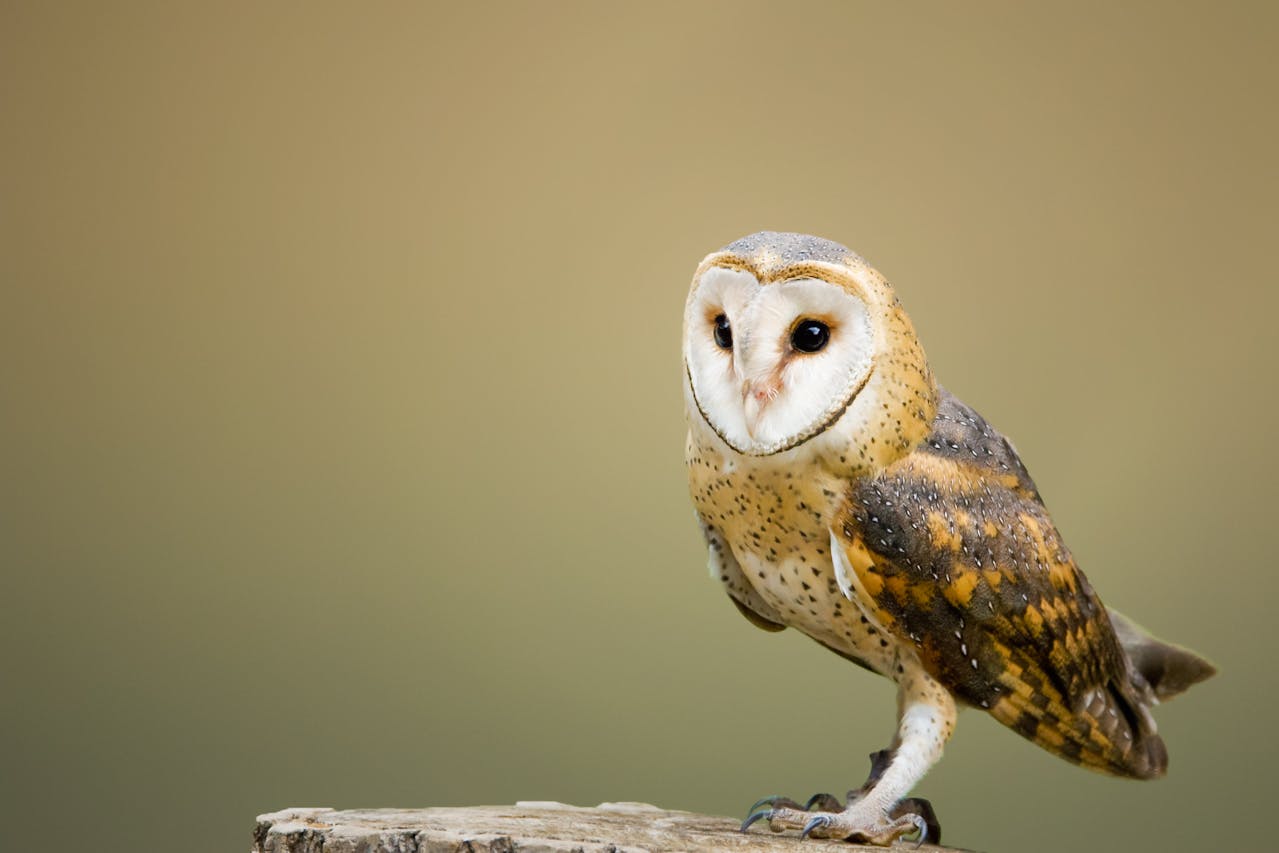
Caption
1977 - Barn owl (Tyto alba)
"Barn owl", dependent on nesting opportunities in buildings
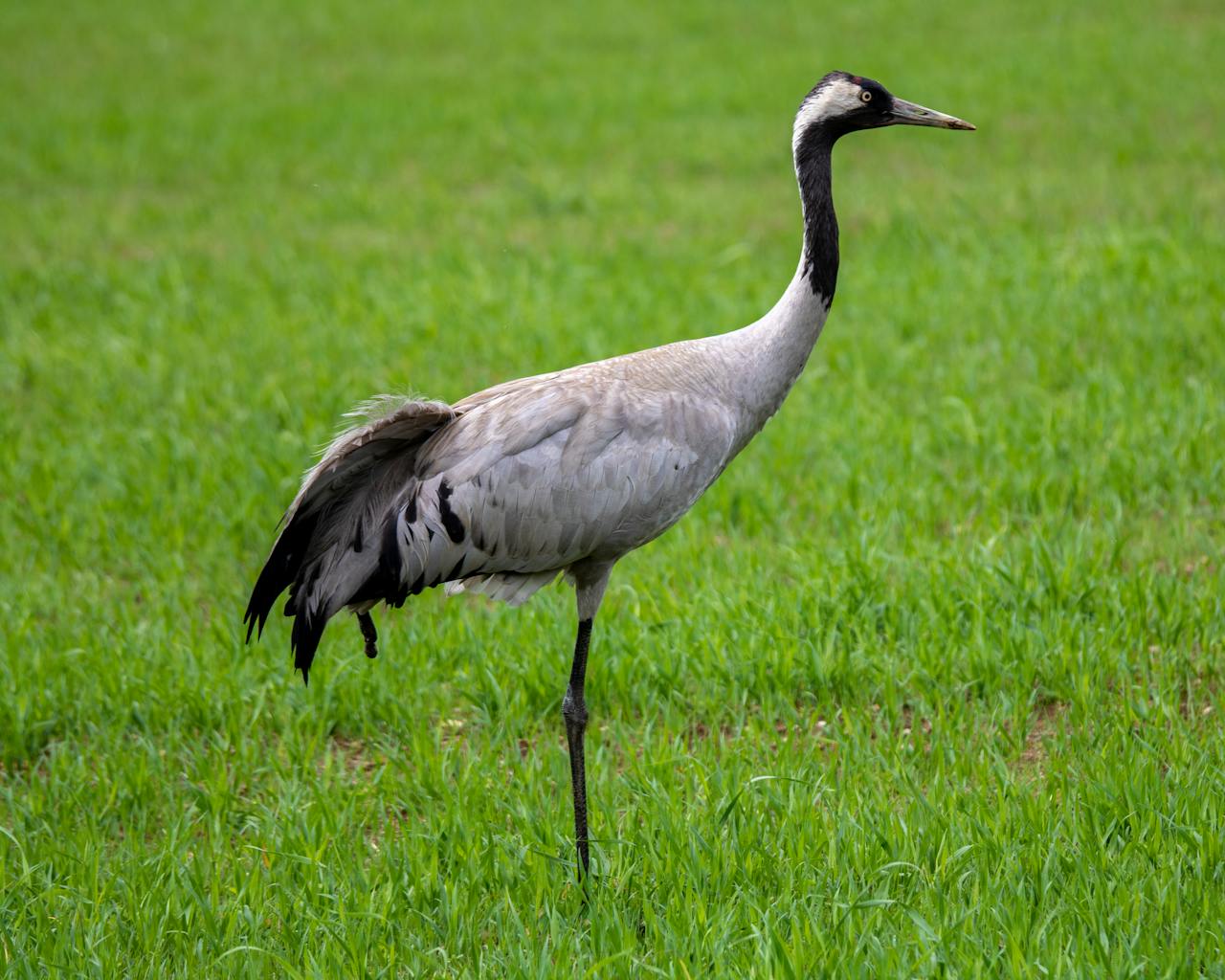
Caption
1978 - Common crane (Grus grus)
Symbolic bird for wetlands and migratory bird conservation, needed to save moorland
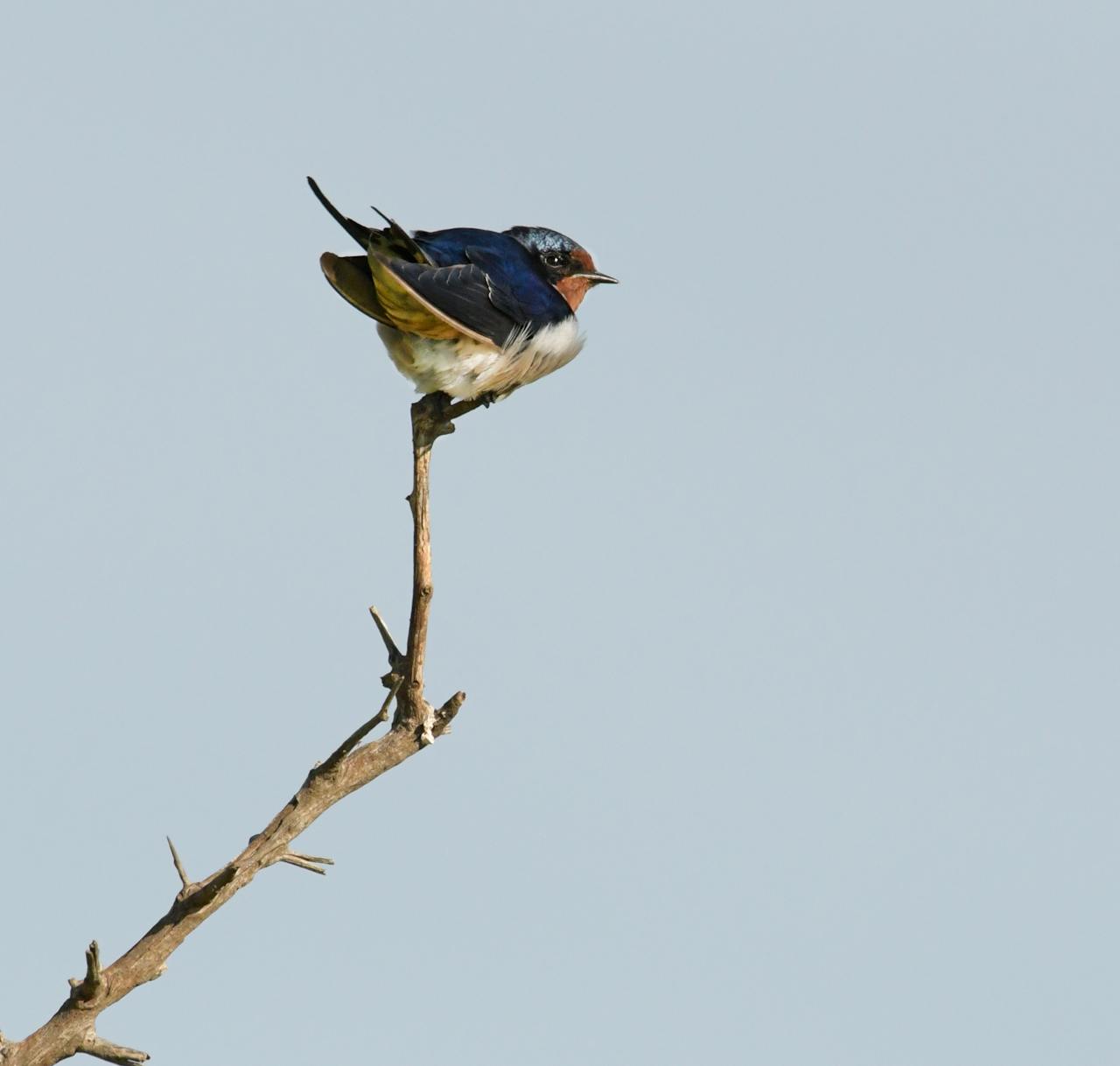
Caption
1979 - Barn swallow (Hirundo rustica)
Village and garden bird, suffers from insect decline and lack of housing
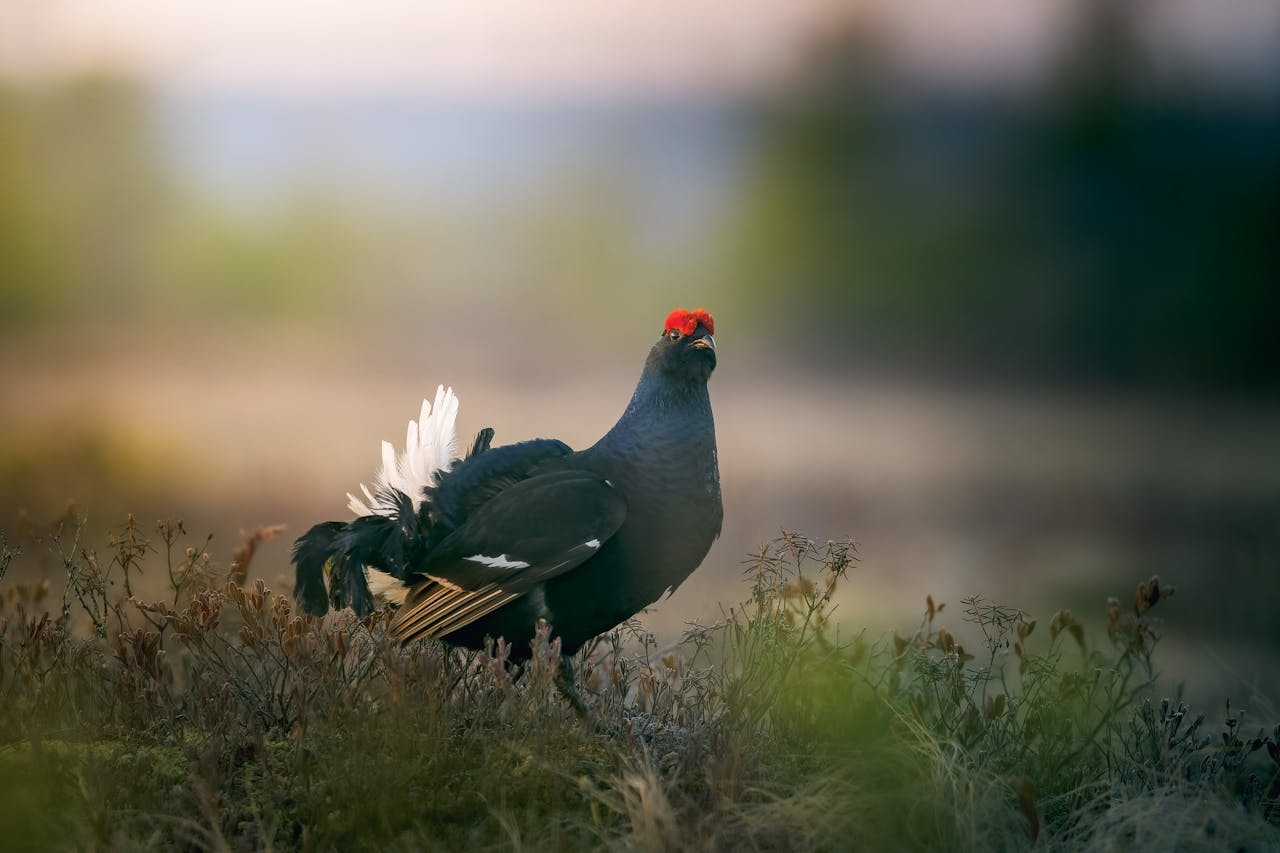
Caption
1980 - Black grouse (Lyrurus tetrix)
Characteristic bird of moor and heathland landscapes, populations in sharp decline
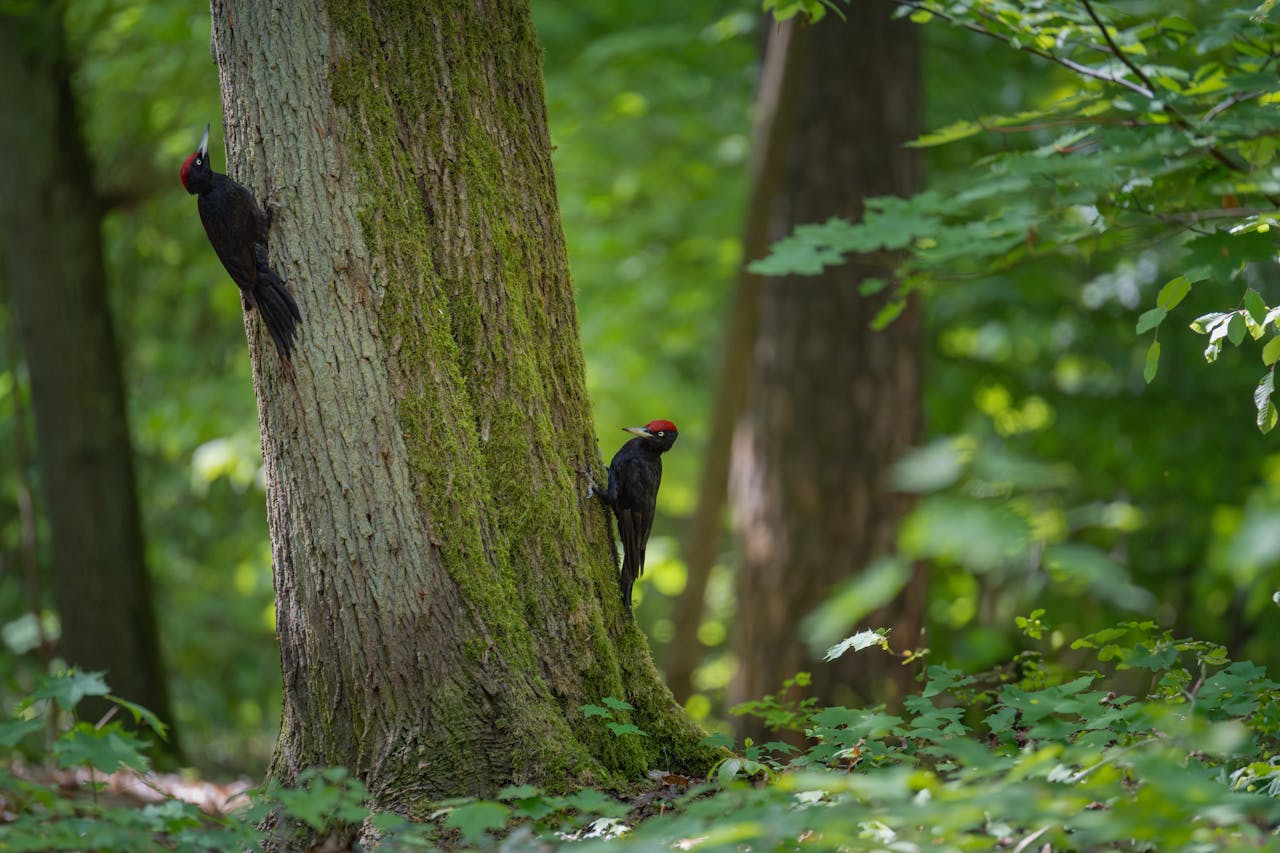
Caption
1981 - Black woodpecker (Dryocopus martius)
Largest woodpecker, needs old forests with deadwood (cavity provider for others)
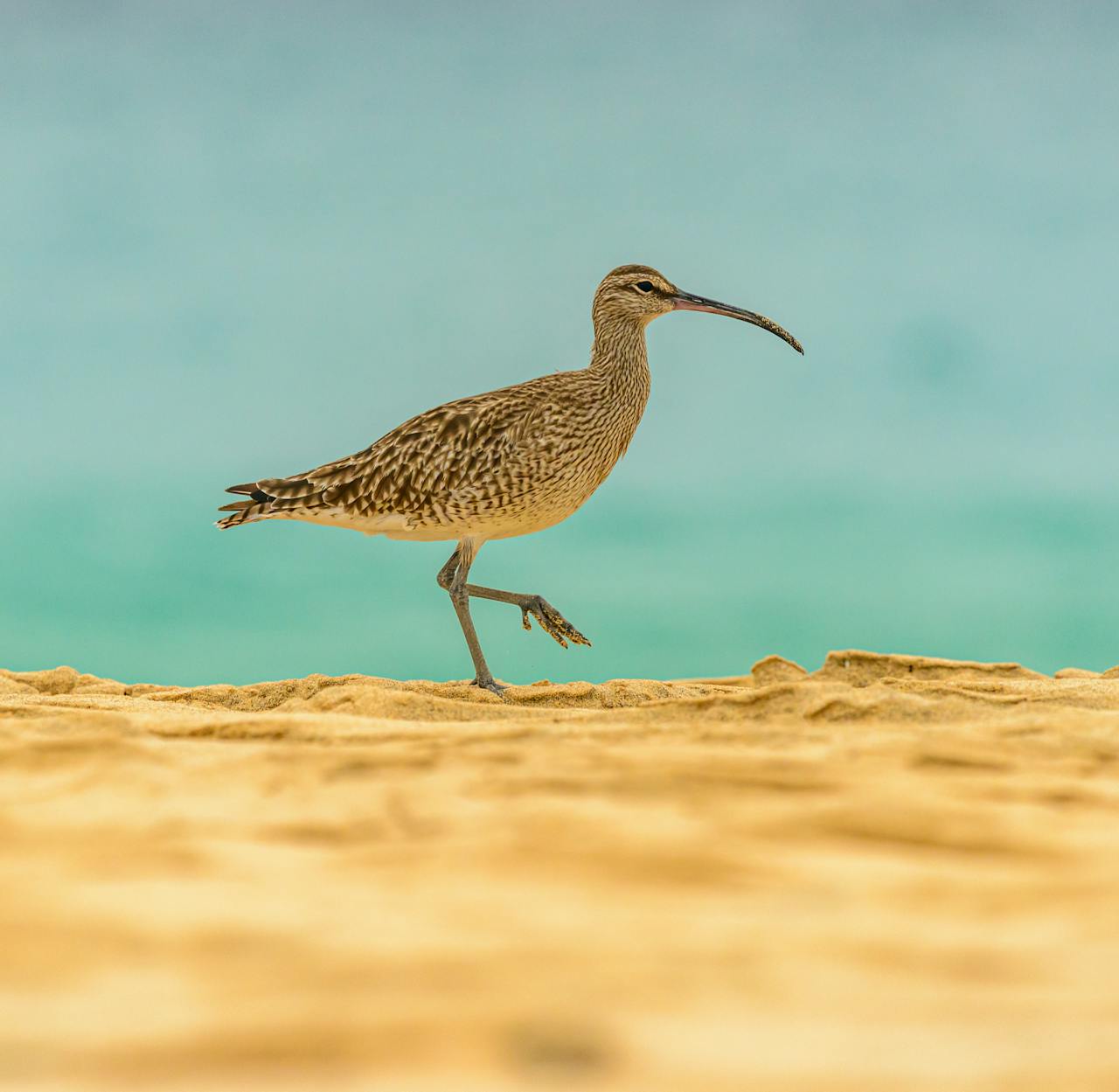
Caption
1982 - Eurasian curlew (Numenius arquata)
Highly endangered meadow breeder of wet meadows and moors
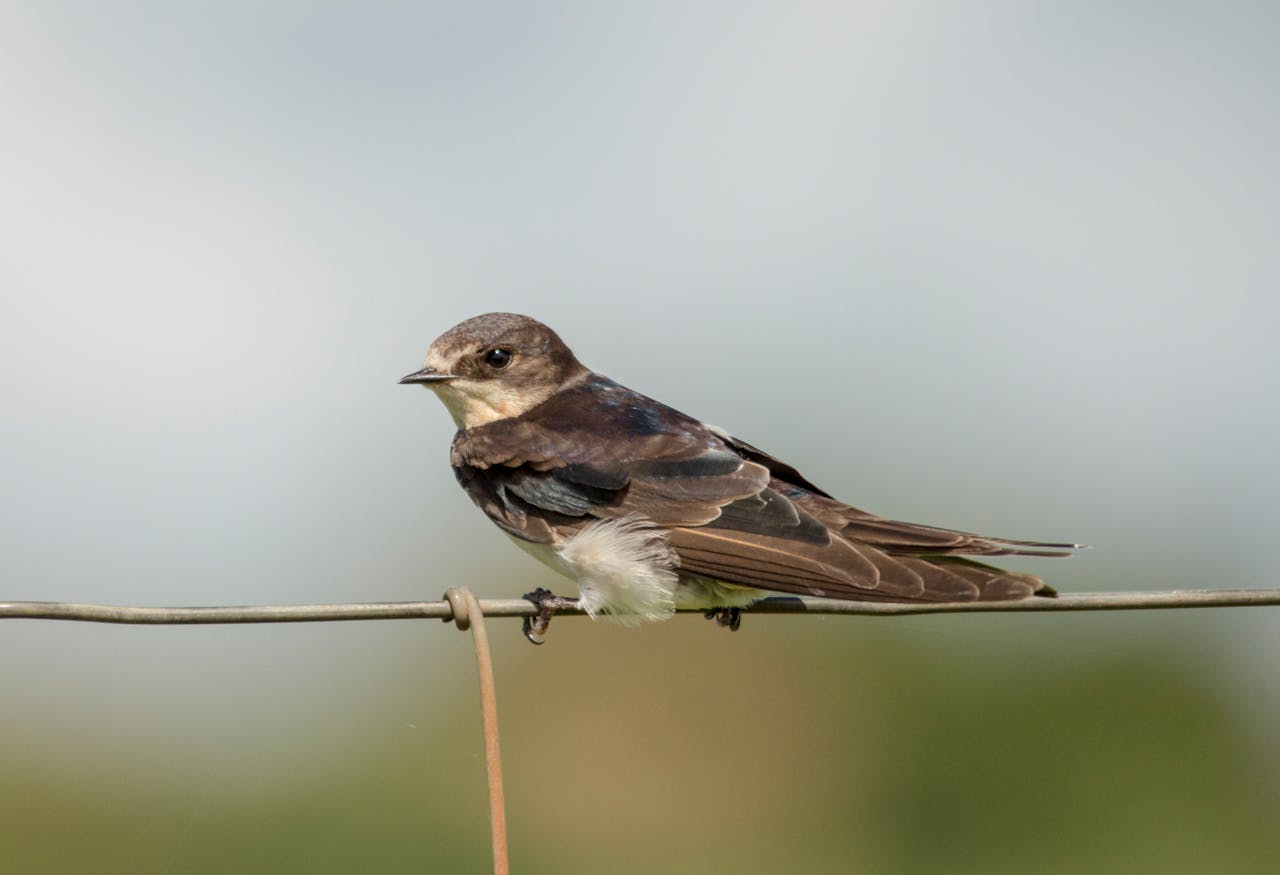
Caption
1983 - Sand martin (Riparia riparia)
Colony breeder on steep banks, dependent on natural rivers and bank breaks
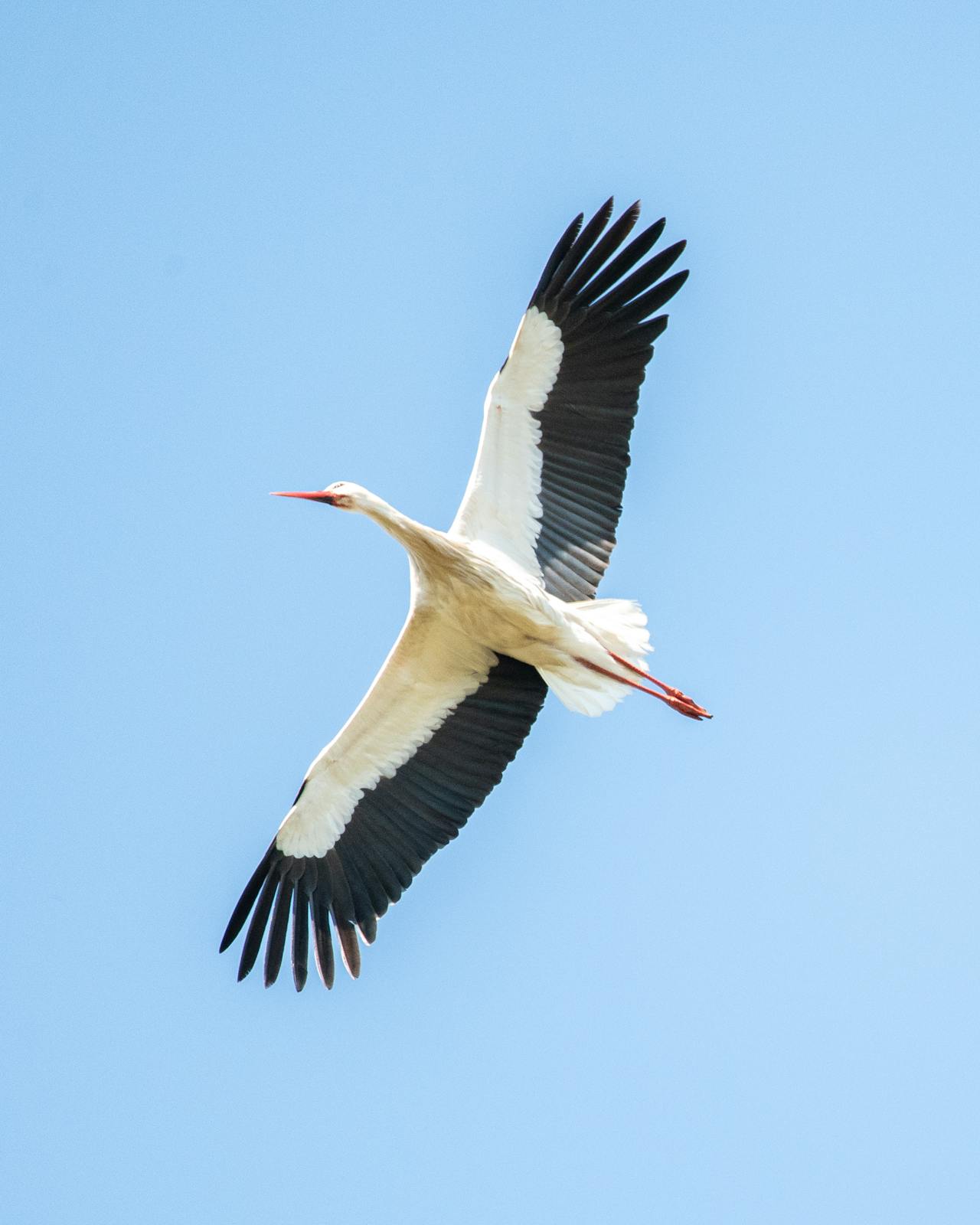
Caption
1984 - White stork (Ciconia ciconia)
Stork as a lucky charm and meadow bird, then threatened with extinction (1994 again)
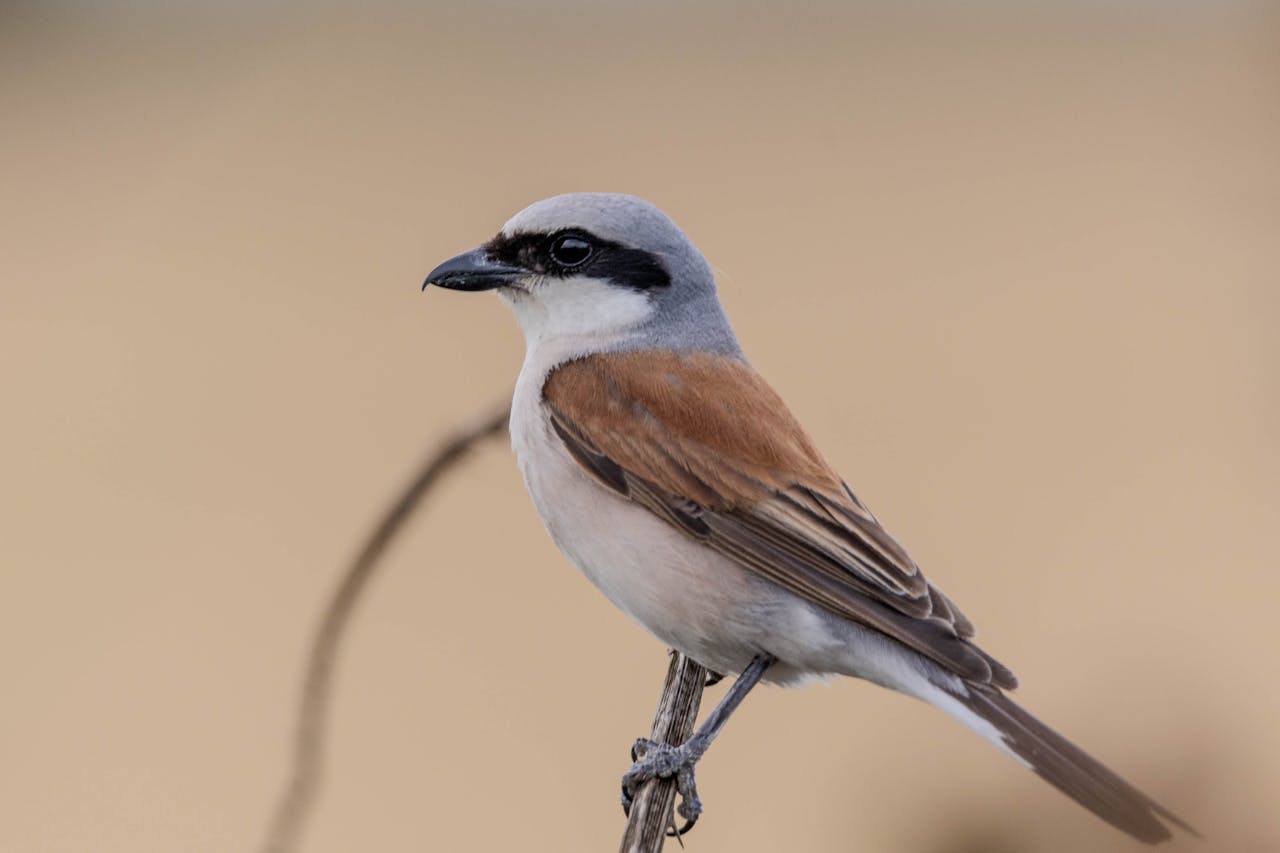
Caption
1985 - Red-backed shrike (Lanius collurio)
Insect hunter of the hedgerow landscape (lays prey on thorns), needs structurally rich grassland
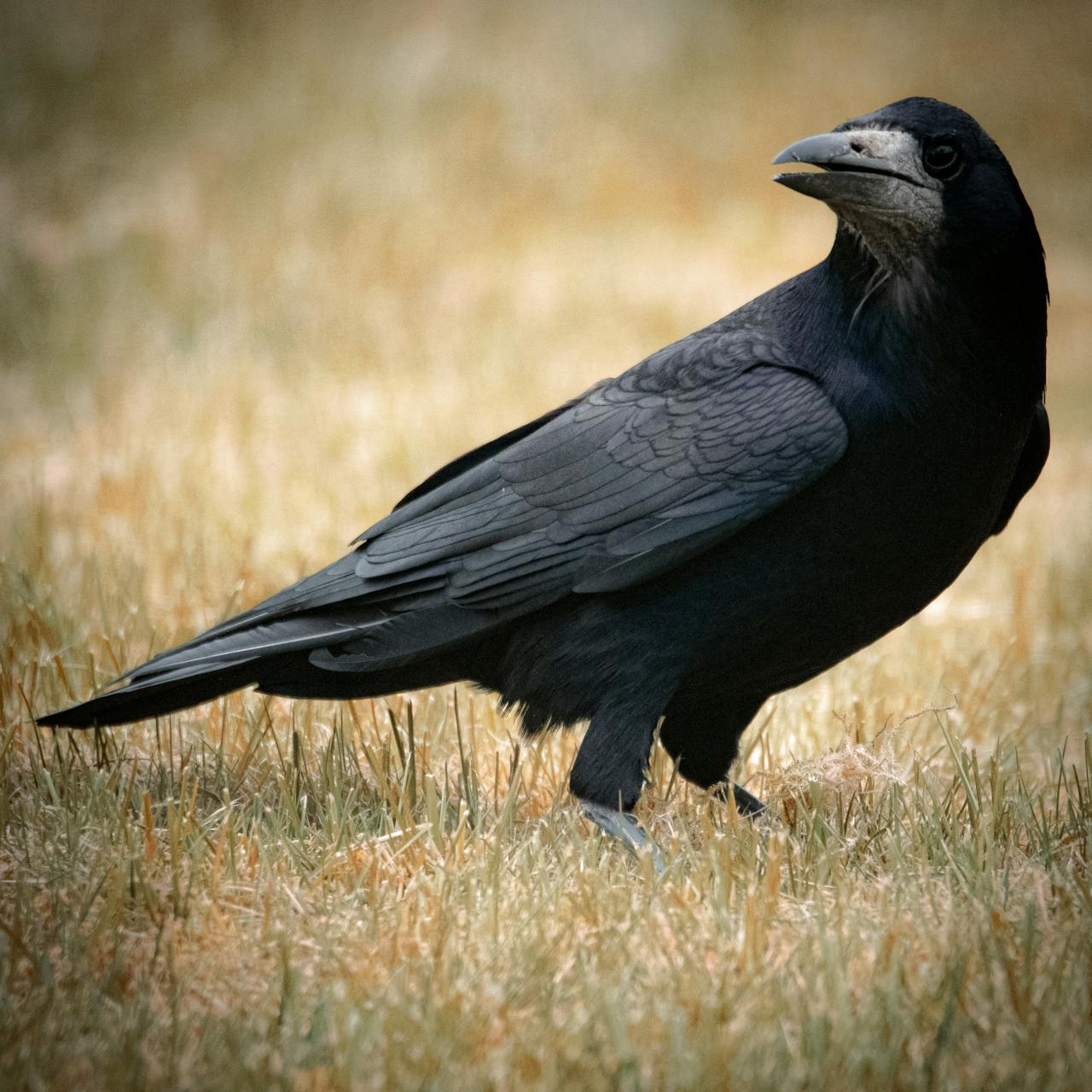
Caption
1986 - Rook (Corvus frugilegus)
Colony-breeding corvid, once persecuted, now more common again in cities
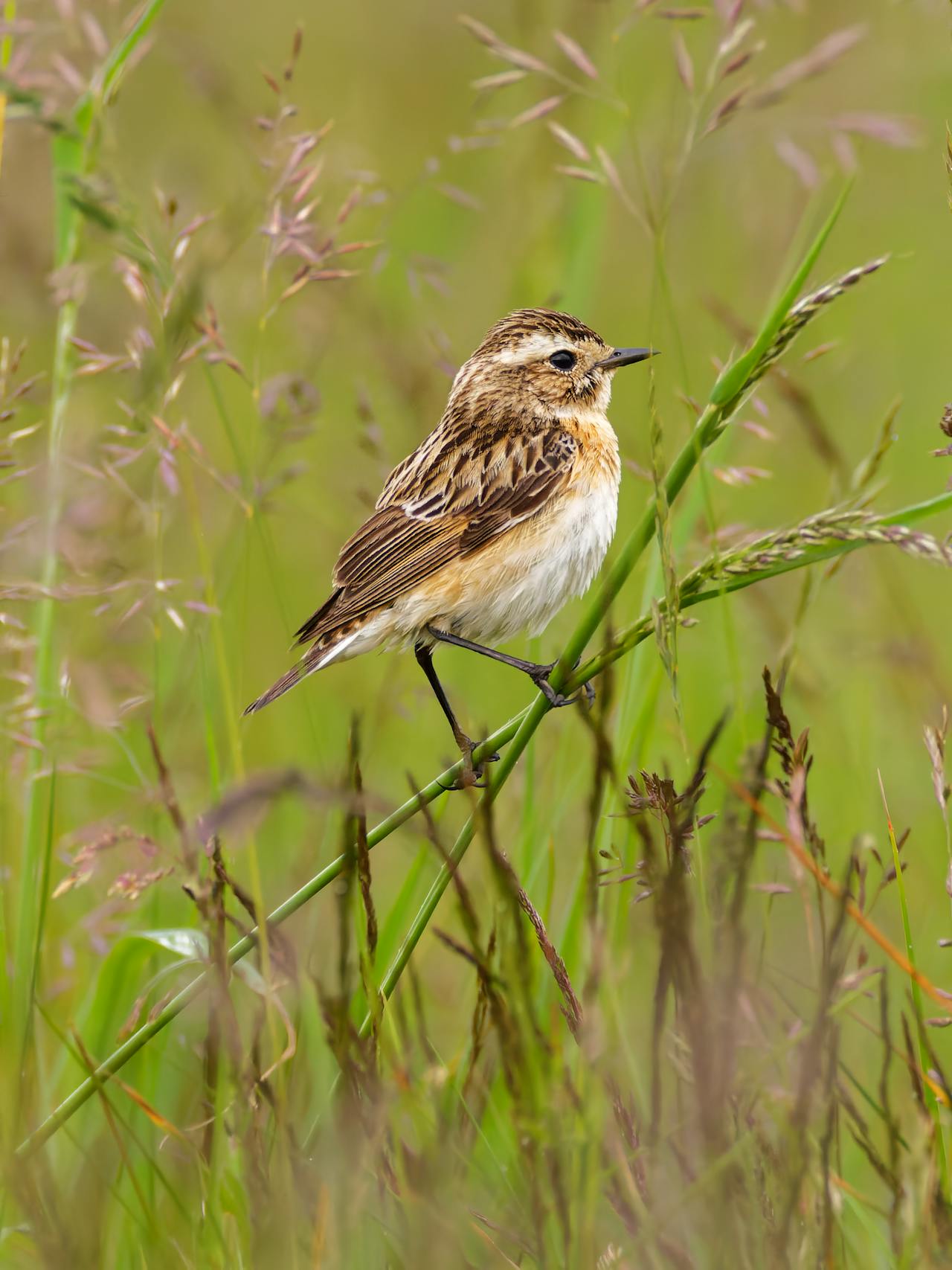
Caption
1987 - Whinchat (Saxicola rubetra)
Colorful meadow clown on wet meadows and pastures, habitat loss (2023 again)
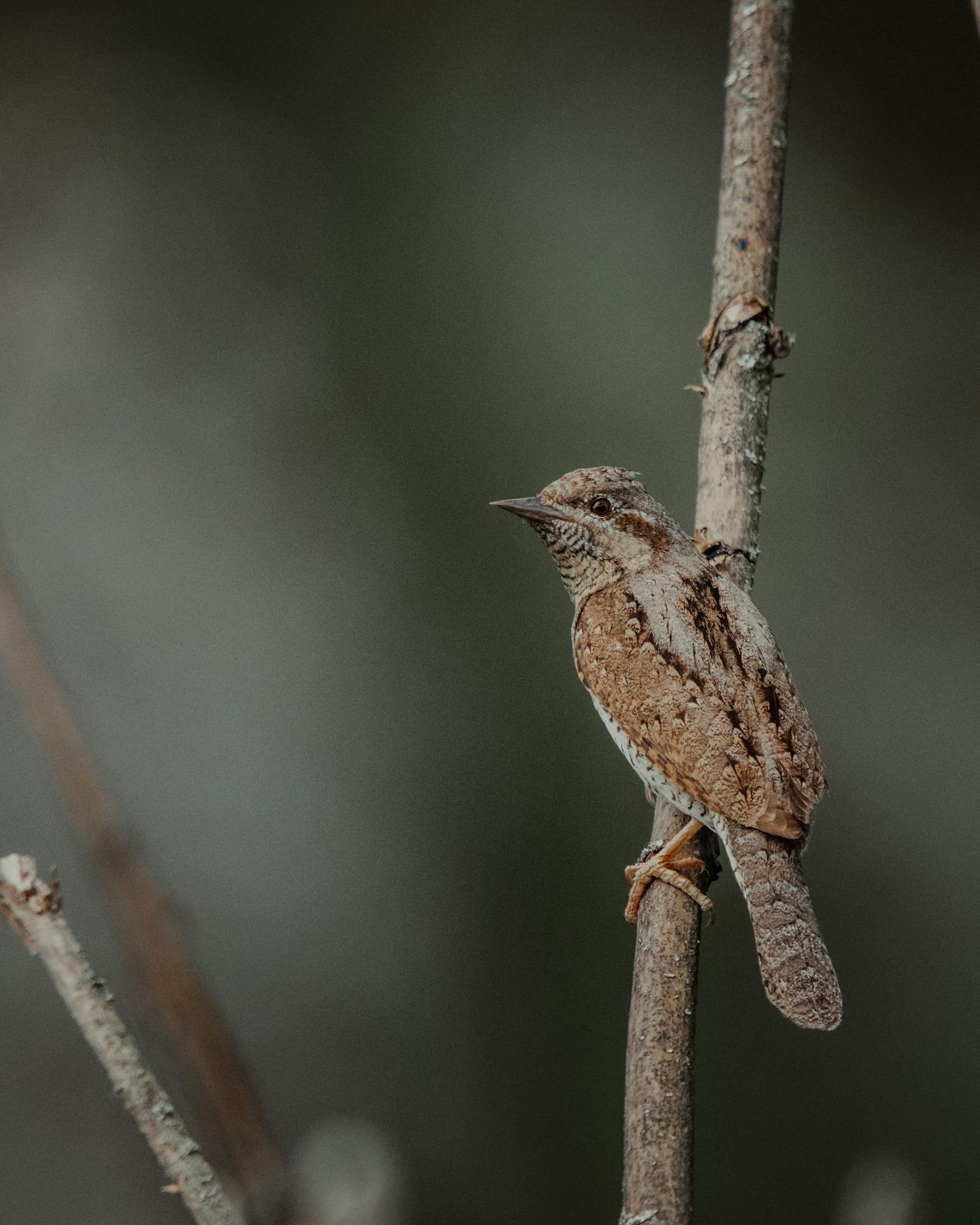
Caption
1988 - Wryneck (Jynx torquilla)
Species of woodpecker that eats ants, needs old fruit trees and dead wood in open landscapes
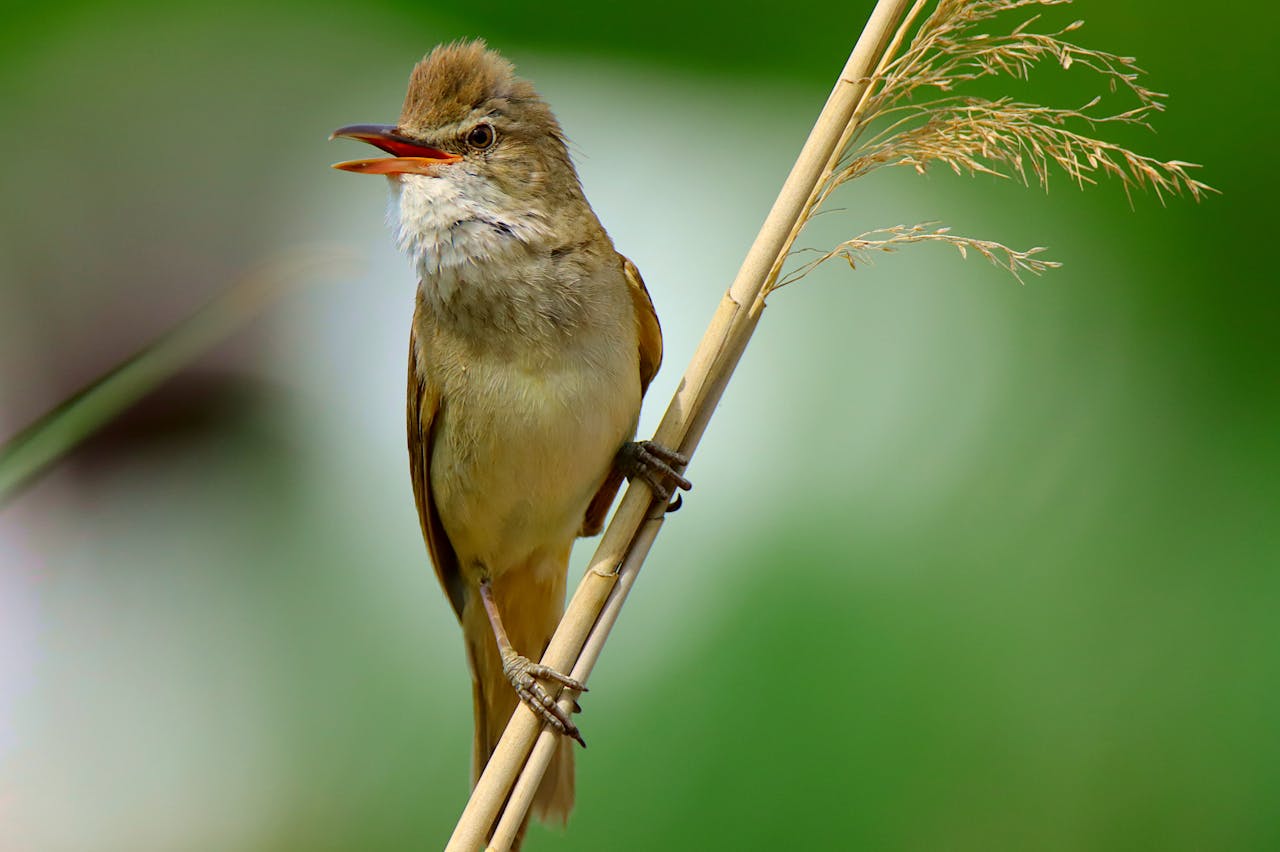
Caption
1989 - Reed Warbler (Acrocephalus scirpaceus)
Inconspicuous reed dweller, stands for the protection of reedbeds along bodies of water

Caption
1990 - Oriole (Oriolus oriolus)
Colorful singer of alluvial forests, dependent on old trees and orchards
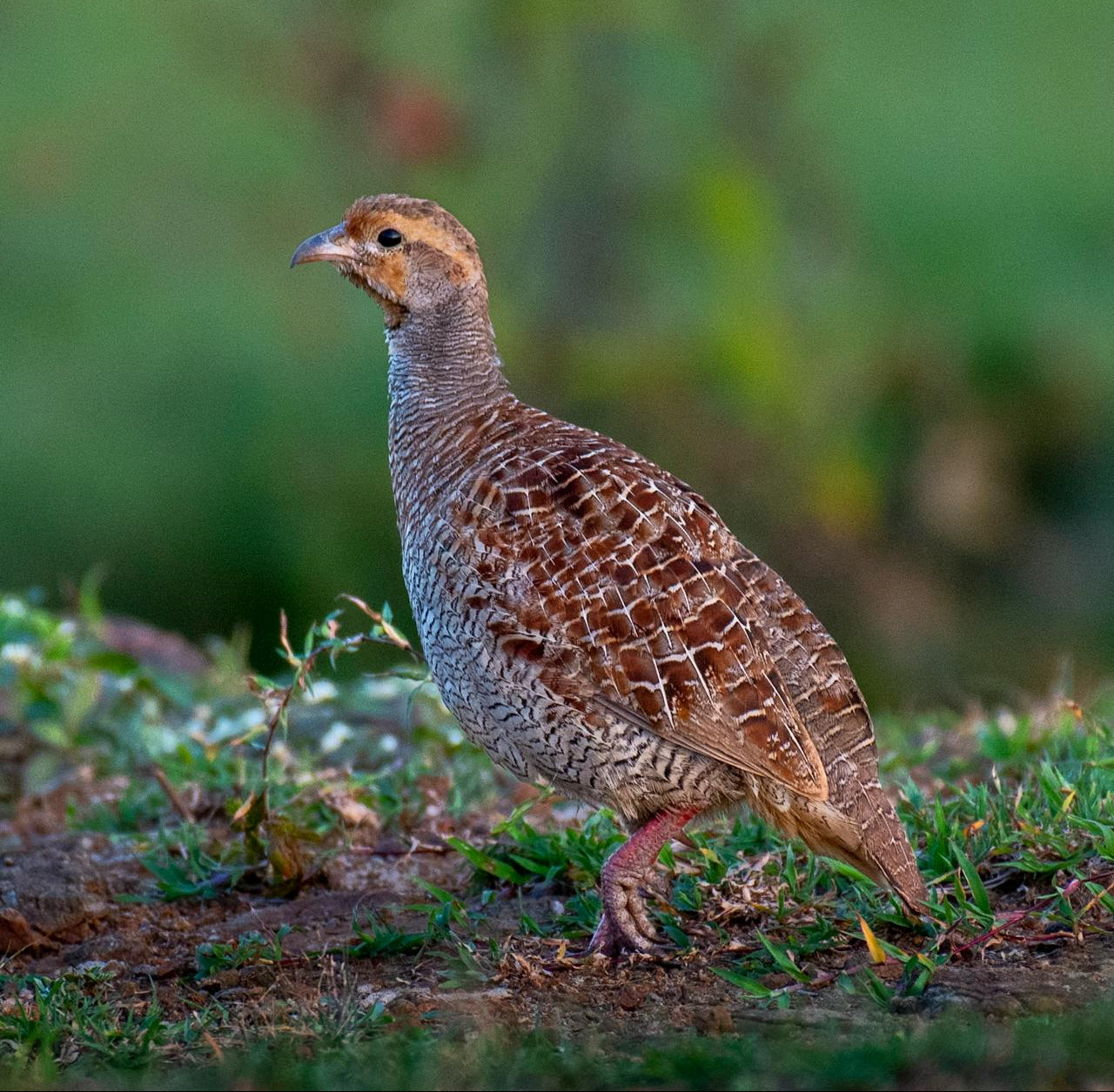
Caption
1991 - Grey partridge (Perdix perdix)
Classic field bird, changing agricultural landscape caused population to collapse
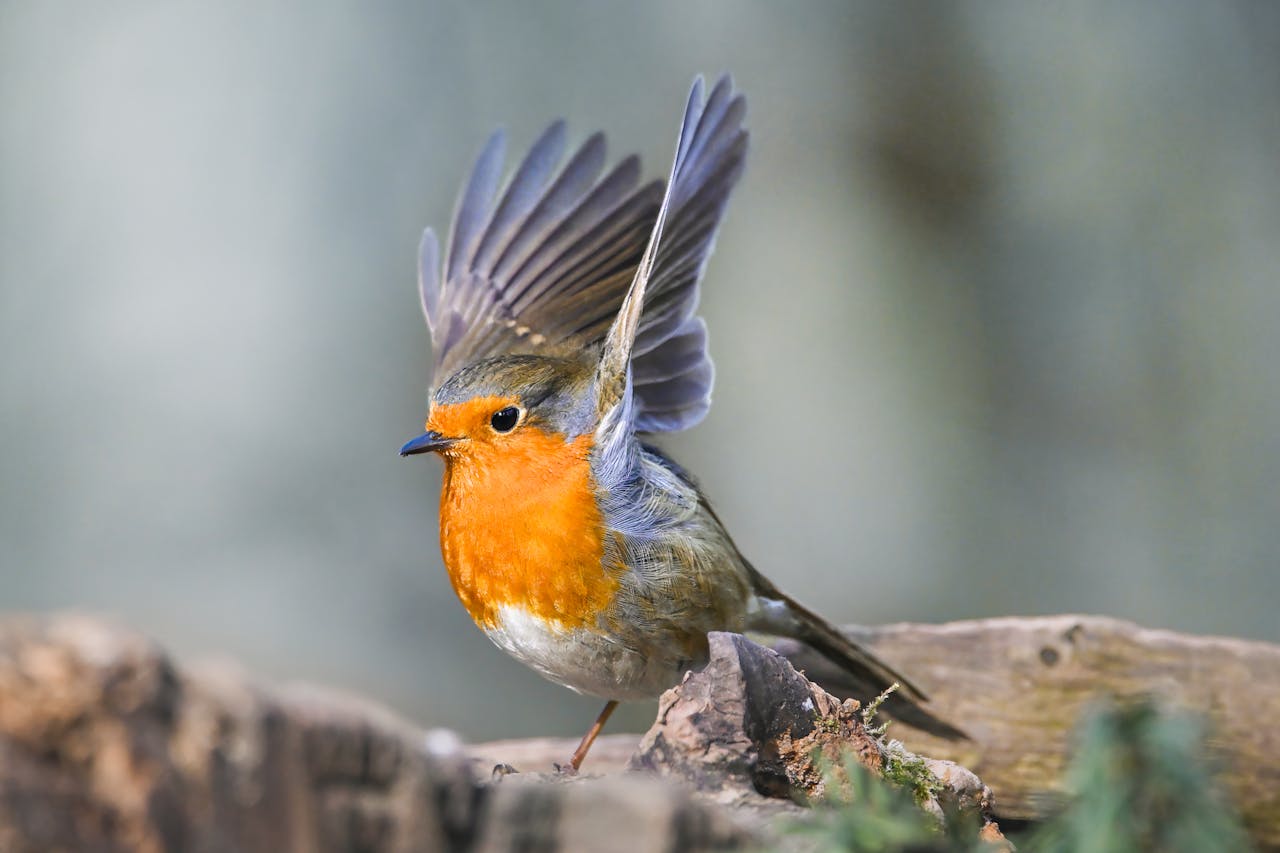
Caption
1992 - Robin (Erithacus rubecula)
Popular garden bird, ambassador for near-natural gardens (again by election in 2021)
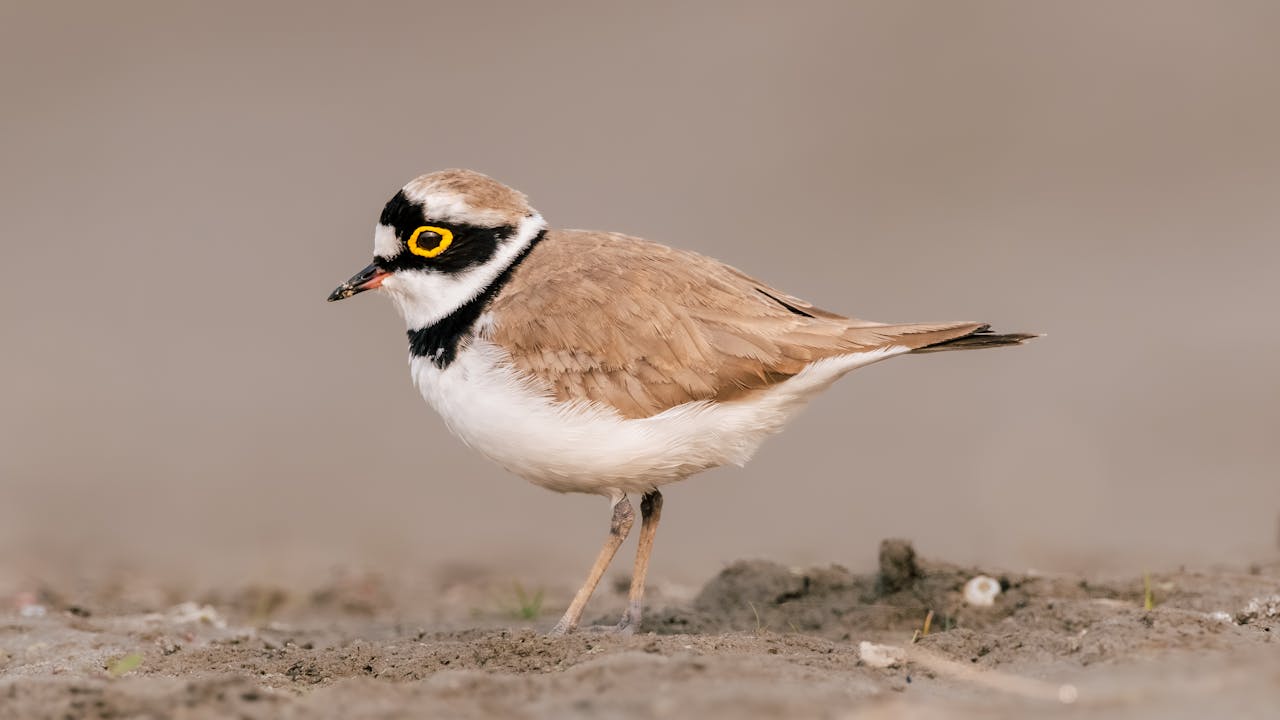
Caption
1993 - Little Ringed Plover (Charadrius dubius)
Small gravel bank dweller on rivers, needs undisturbed bank zones
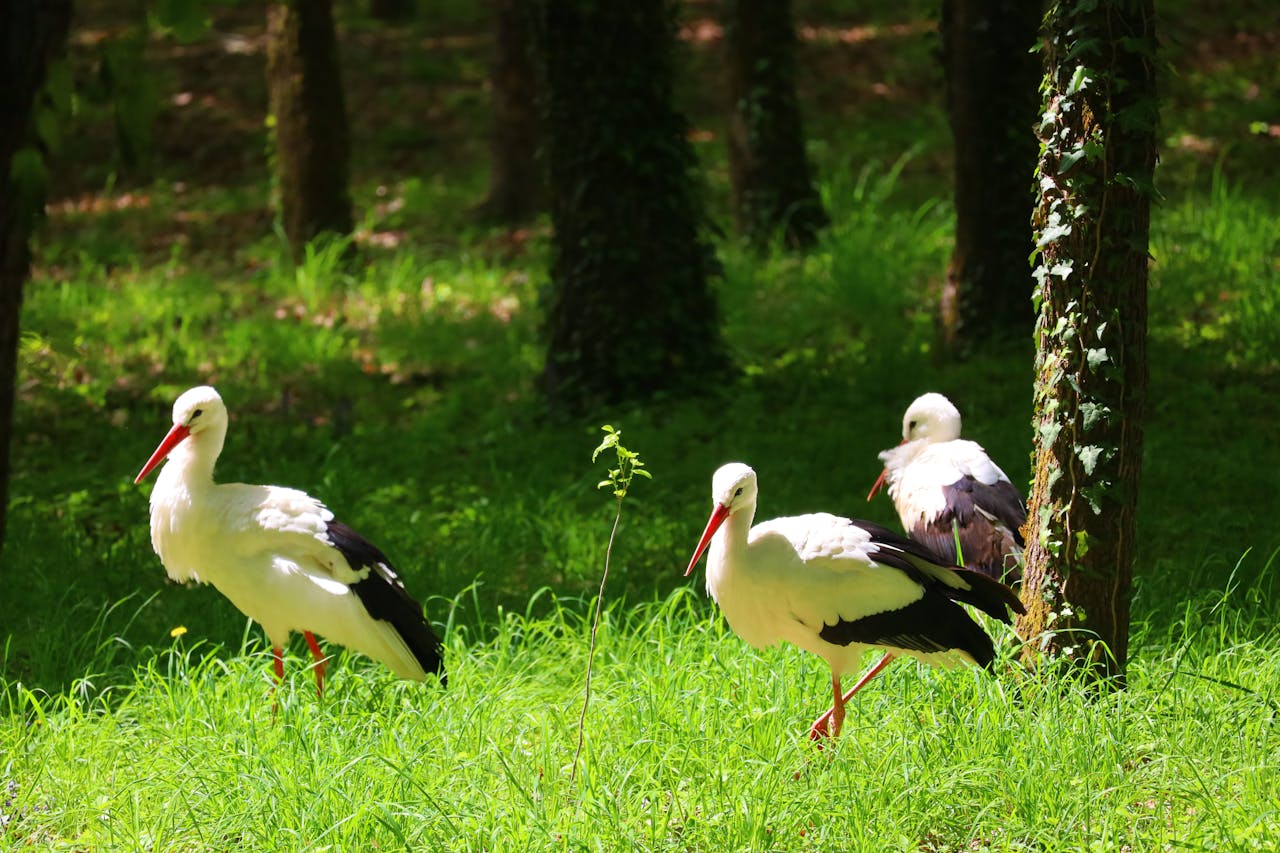
Caption
1994 - White stork (Ciconia ciconia)
Re-election of the stork - meanwhile local recovery of the population after protection measures
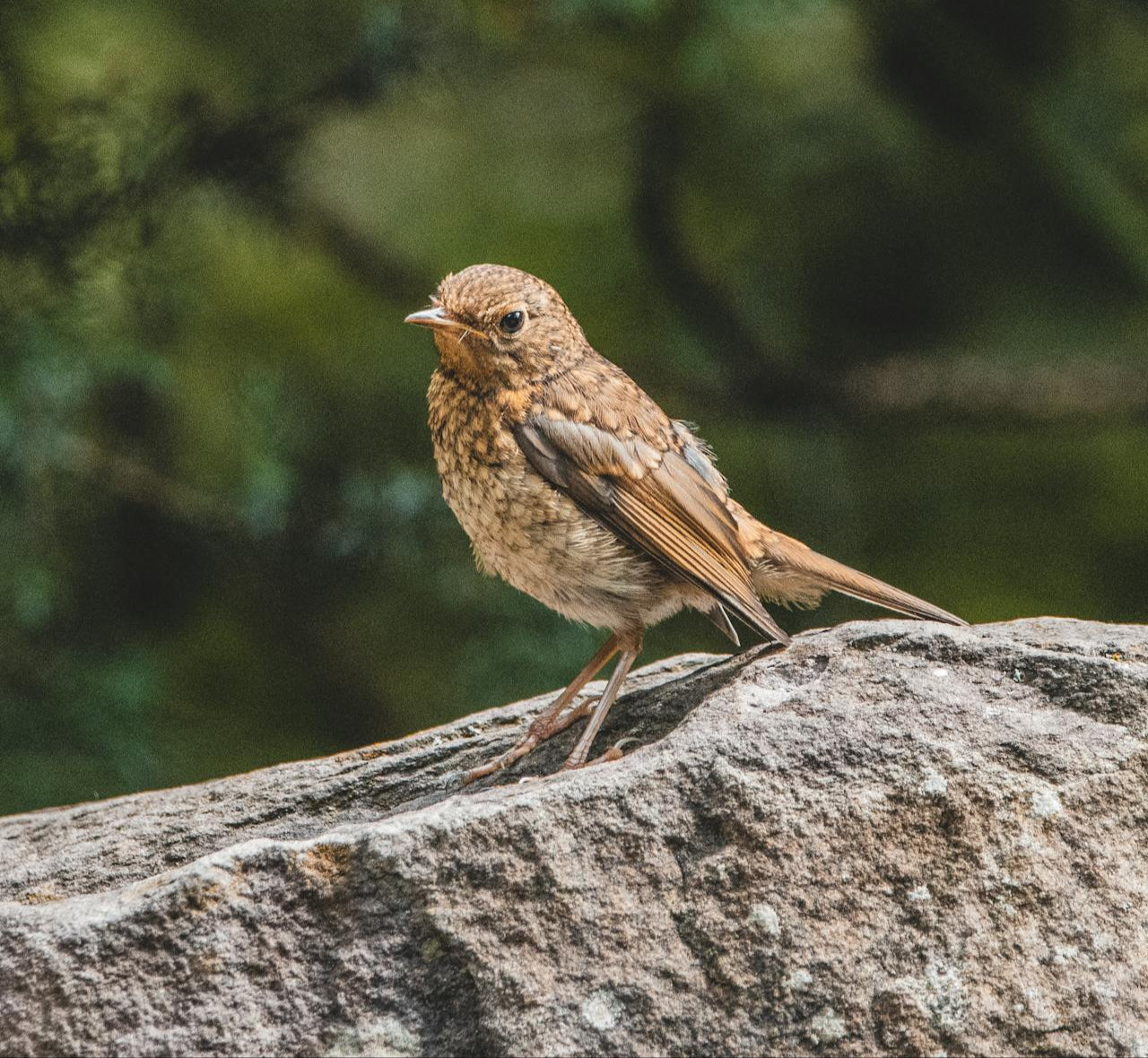
Caption
1995 - Nightingale (Luscinia megarhynchos)
Masterful singer of meadows and parks, stands for the protection of hedges and urban greenery

Caption
1996 - Lapwing (Vanellus vanellus)
Characteristic meadow breeder, strong declines due to drainage (again in 2024)
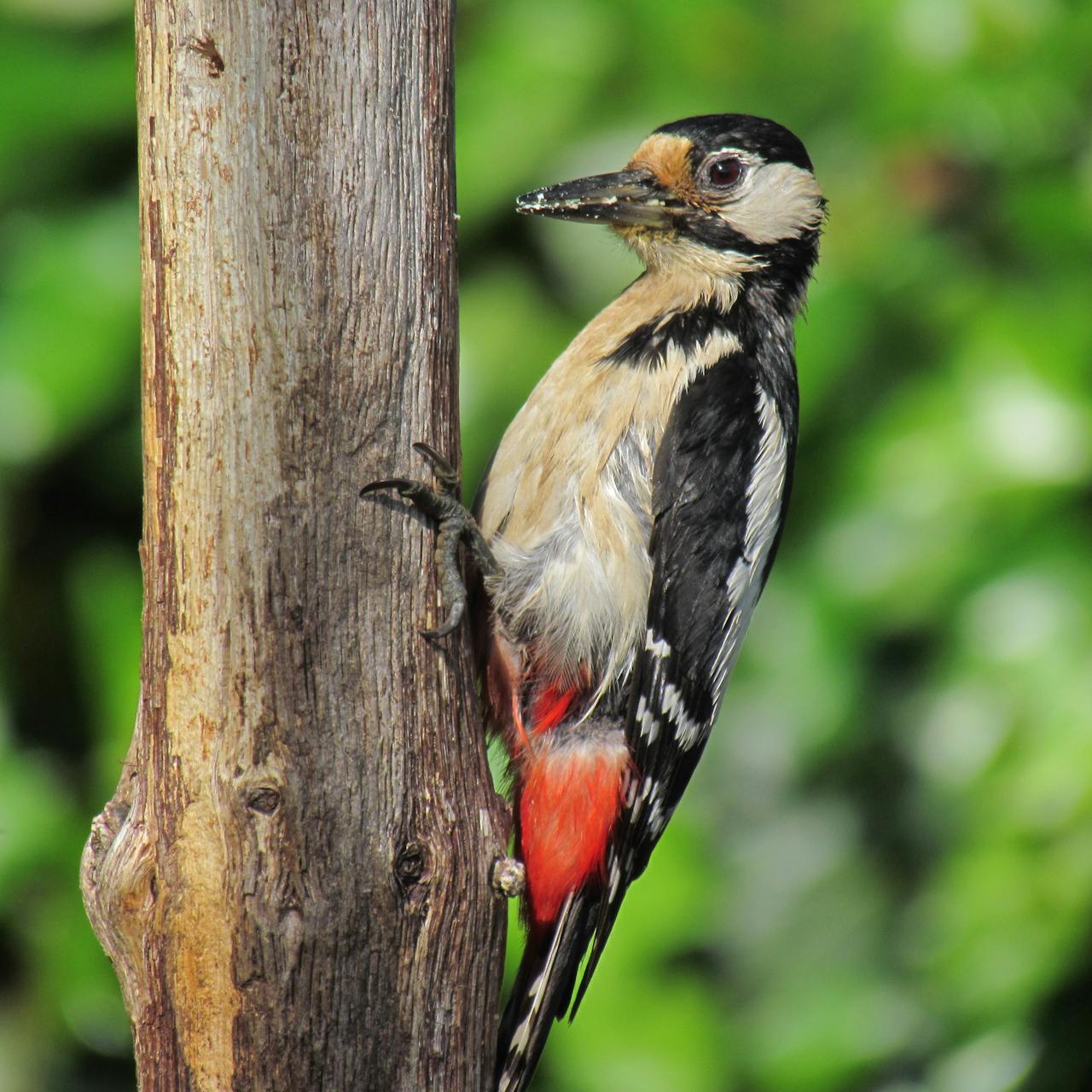
Caption
1997 - Great spotted woodpecker (Dendrocopos major)
Common woodpecker, representative of near-natural forestry and urban green spaces
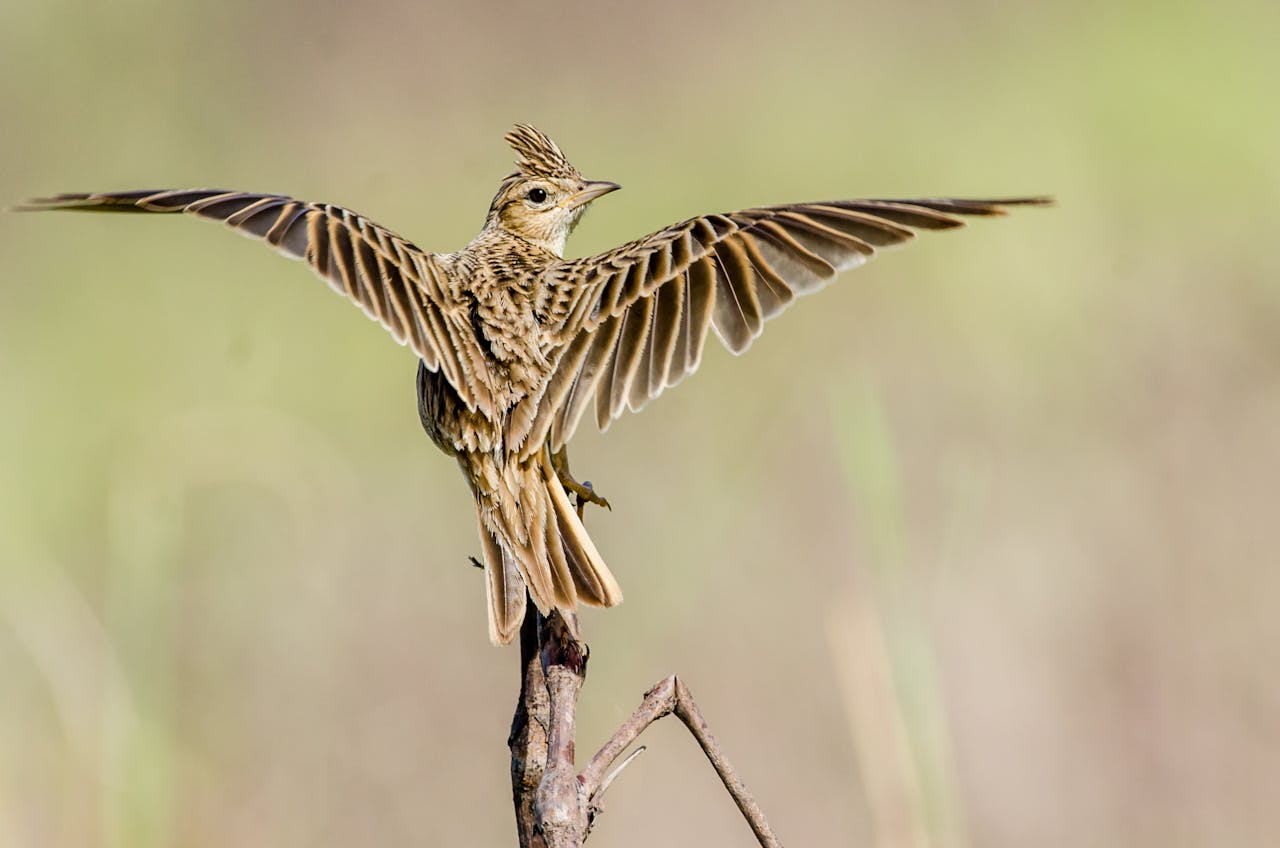
Caption
1998 - Skylark (Alauda arvensis)
Field and meadow dweller, typical agricultural bird (again in 2019 due to drastic decline)
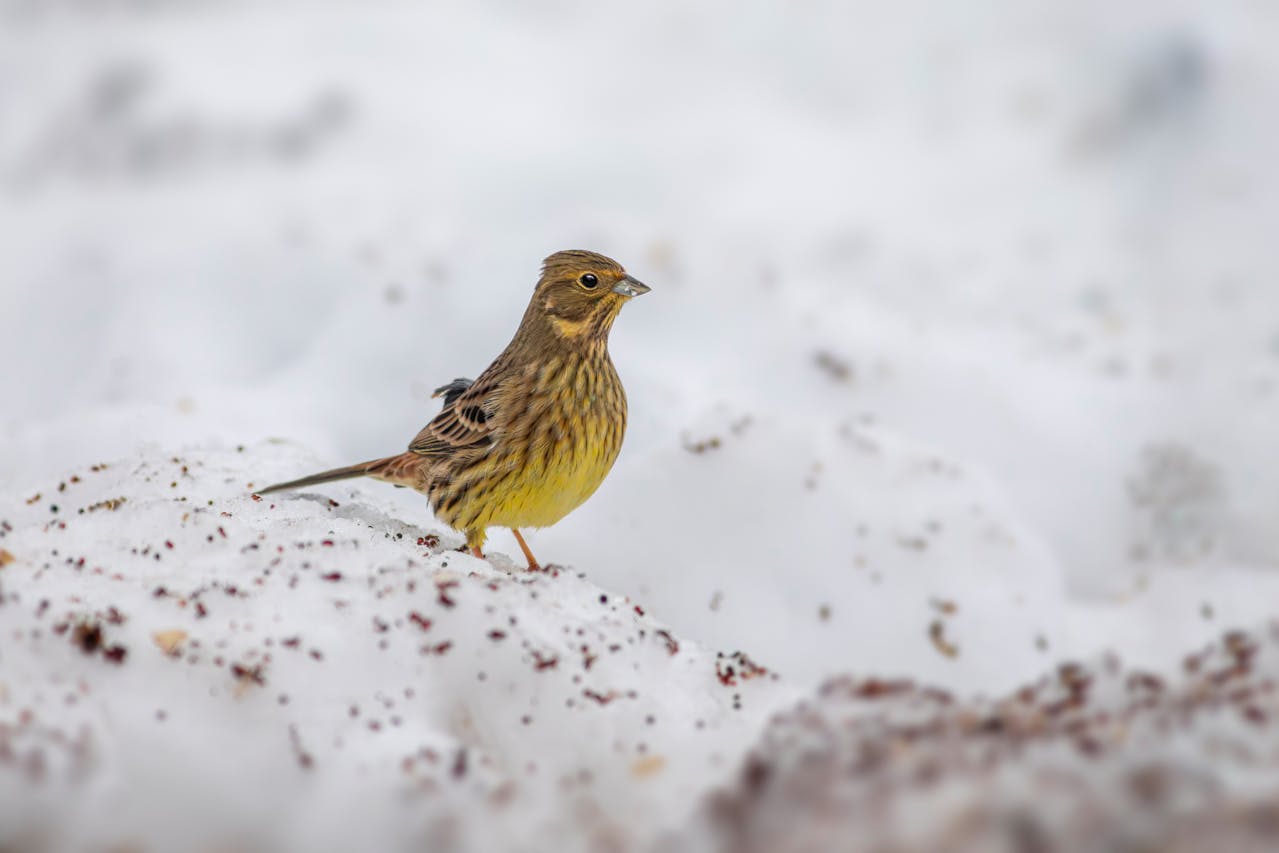
Caption
1999 - Yellowhammer (Emberiza citrinella)
Field edge bird with a familiar call ("how, how I love you"), needs hedges and weed strips
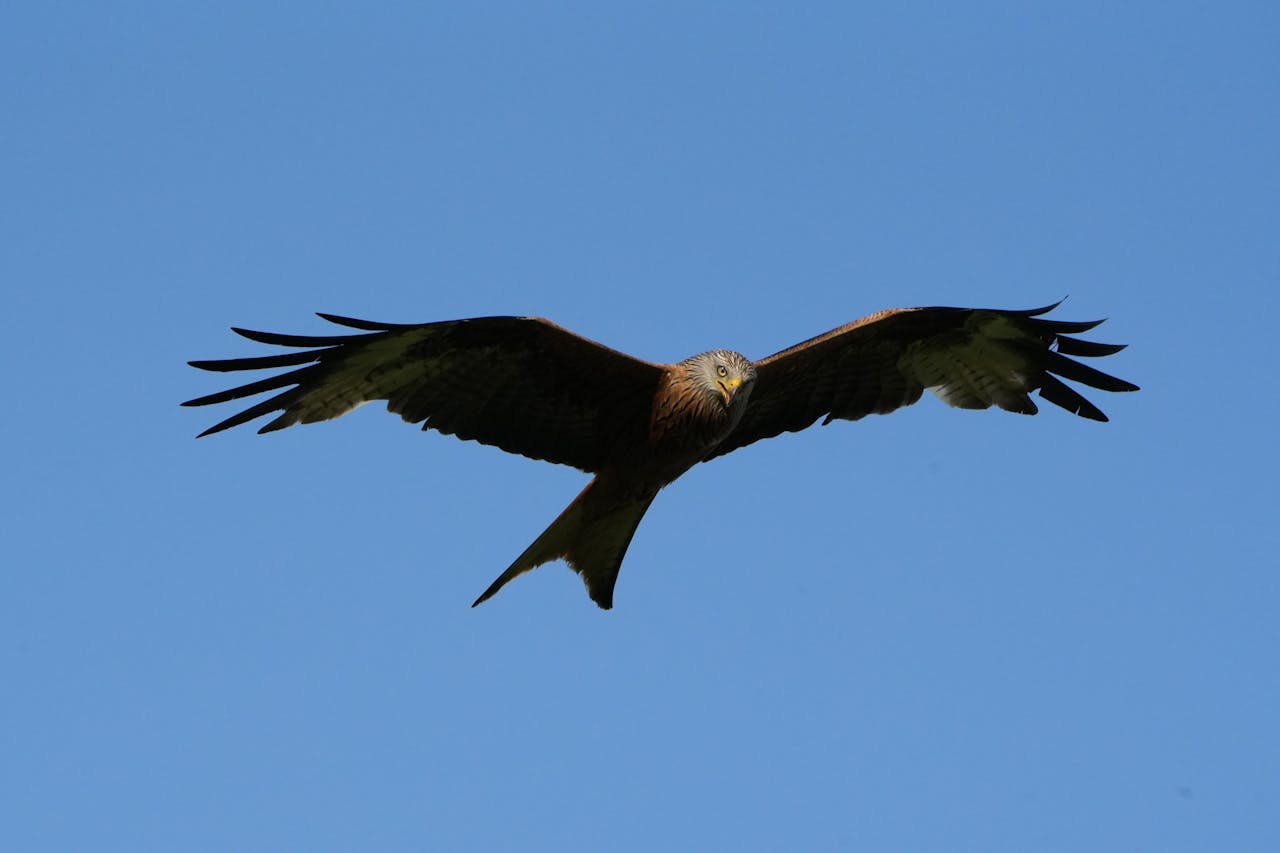
Caption
2000 - Red kite (Milvus milvus)
Elegant bird of prey, Germany bears global responsibility for this species (most common breeding bird worldwide)
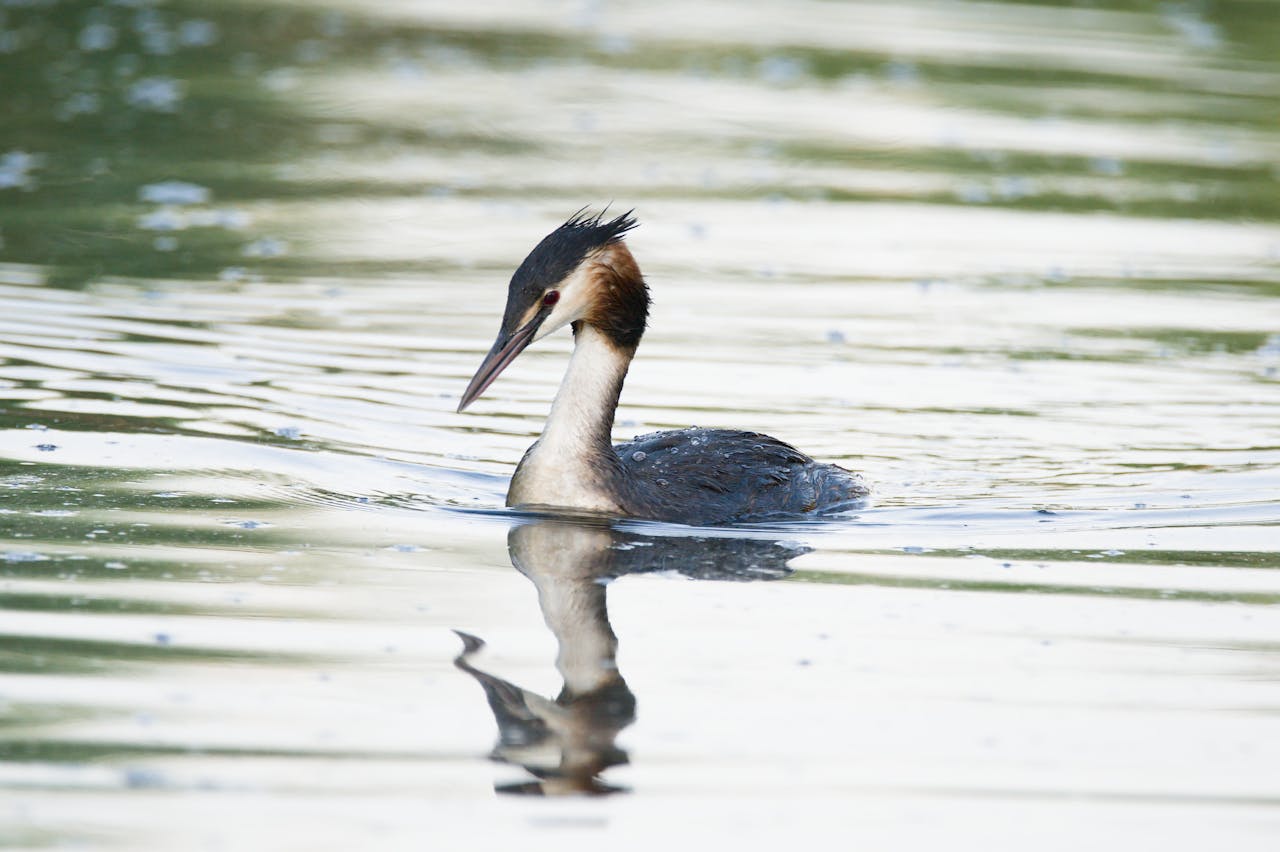
Caption
2001 - Great Crested Grebe (Podiceps cristatus)
Elegant water bird with spectacular courtship dance, symbol of success for cleaner waters

Caption
2002 - House Sparrow (Passer domesticus)
Formerly a common and urban bird, now in partial decline in cities (lack of nesting sites, fewer insects)
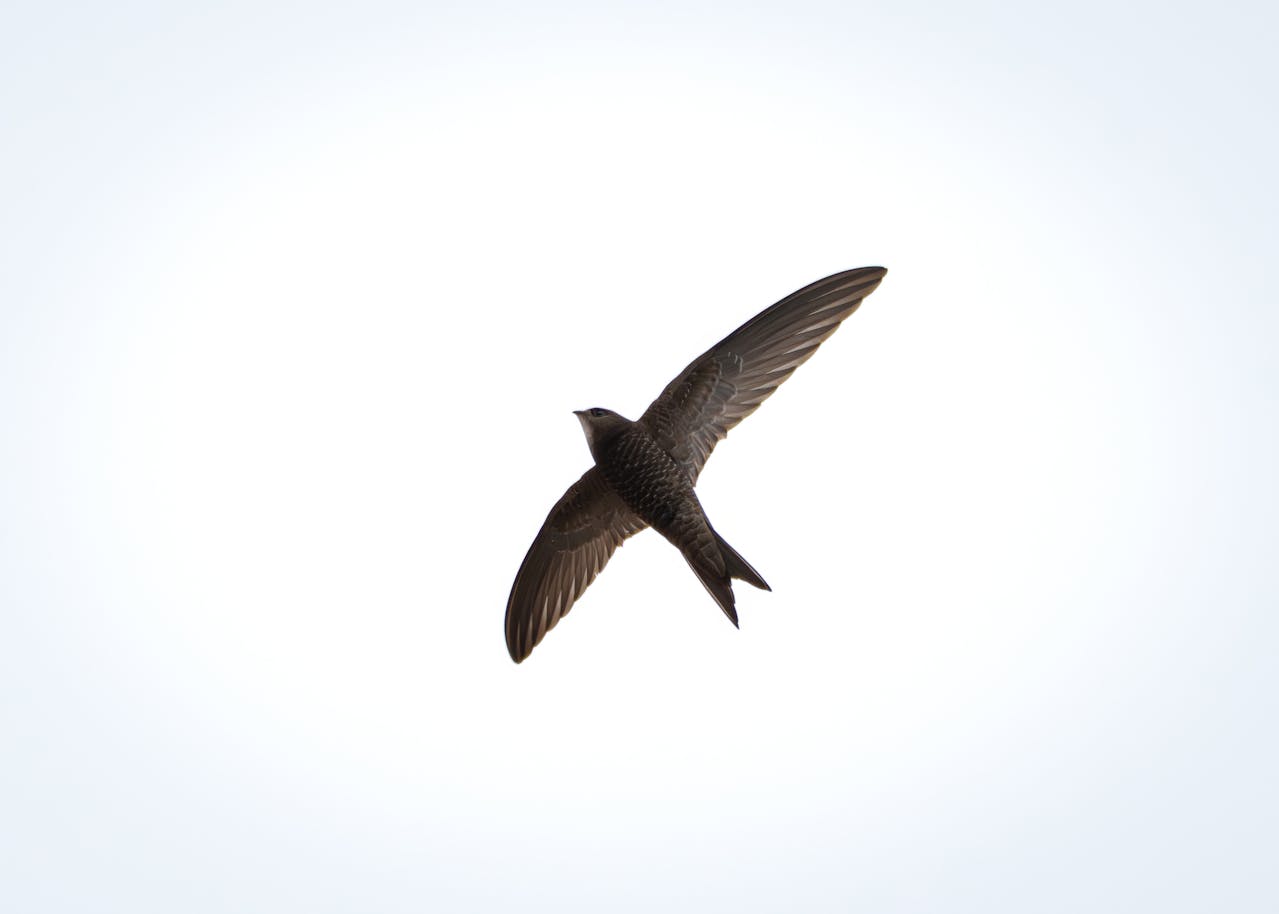
Caption
2003 - Swift (Apus apus)
Summer messenger and permanent glider, loses nesting sites on modern buildings - stands for façade protection
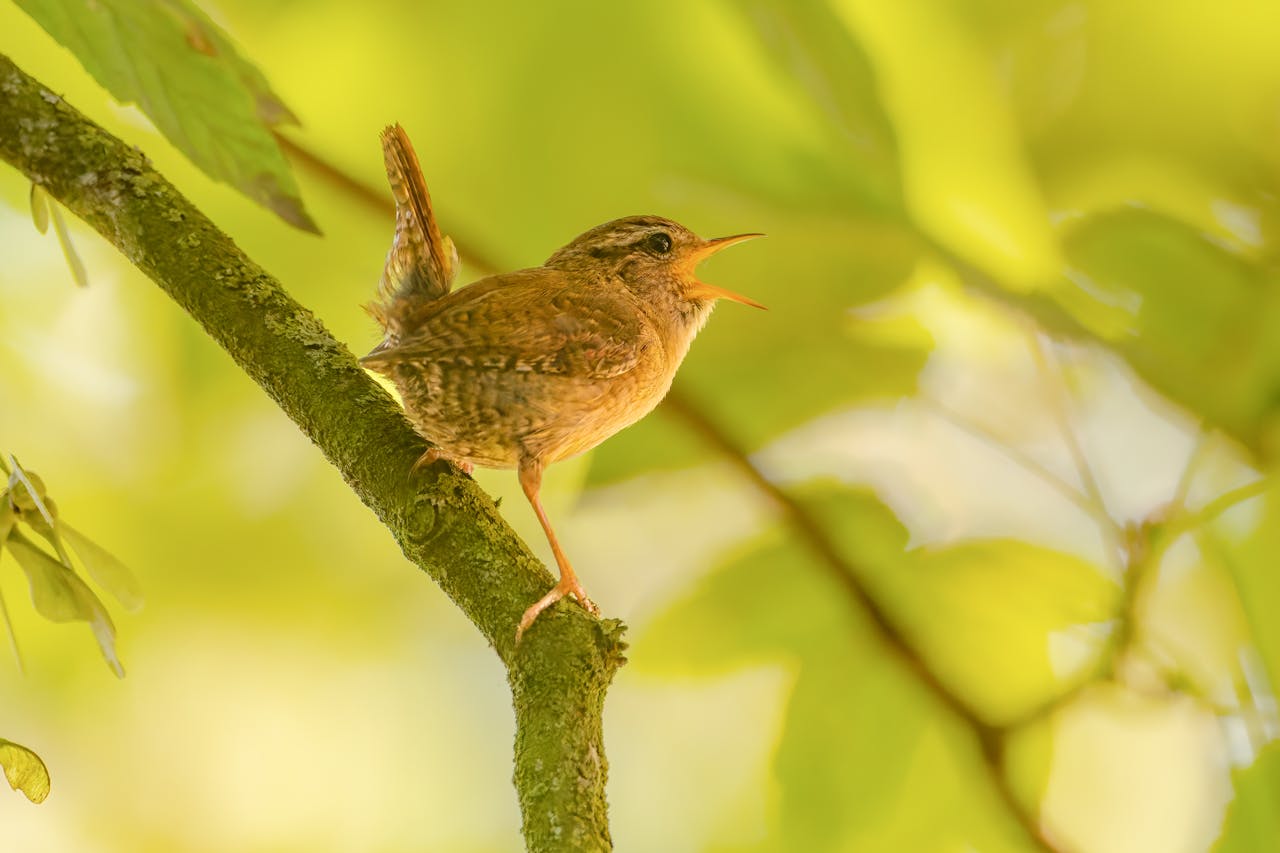
Caption
2004 - Wren (Troglodytes troglodytes)
Tiny singer in gardens and forests, needs dense bushes and piles of leaves for wintering

Caption
2005 - Eagle owl (Bubo bubo)
Our largest owl, back in Germany thanks to intensive conservation programs
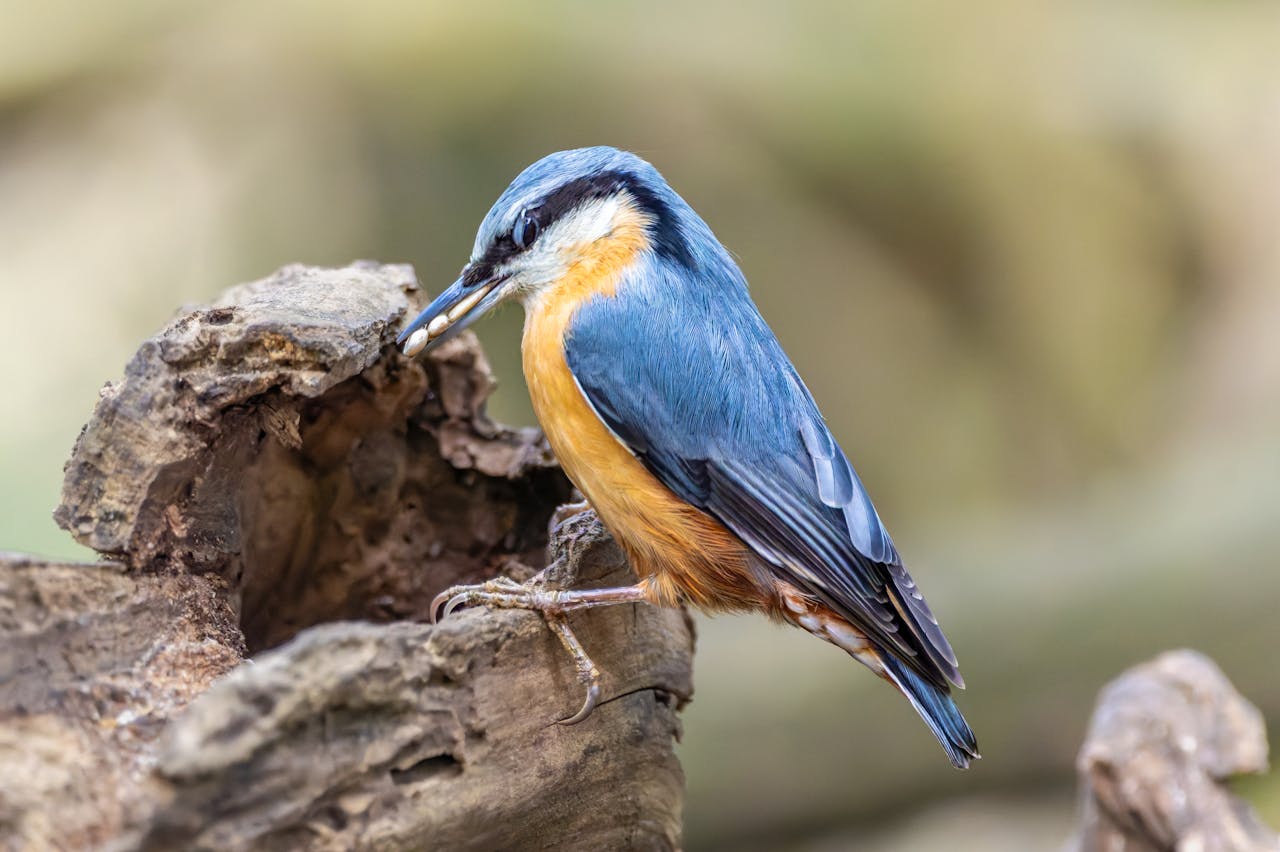
Caption
2006 - Nuthatch (Sitta europaea)
The only bird that can climb upside down in trees - dependent on old trees with hollows
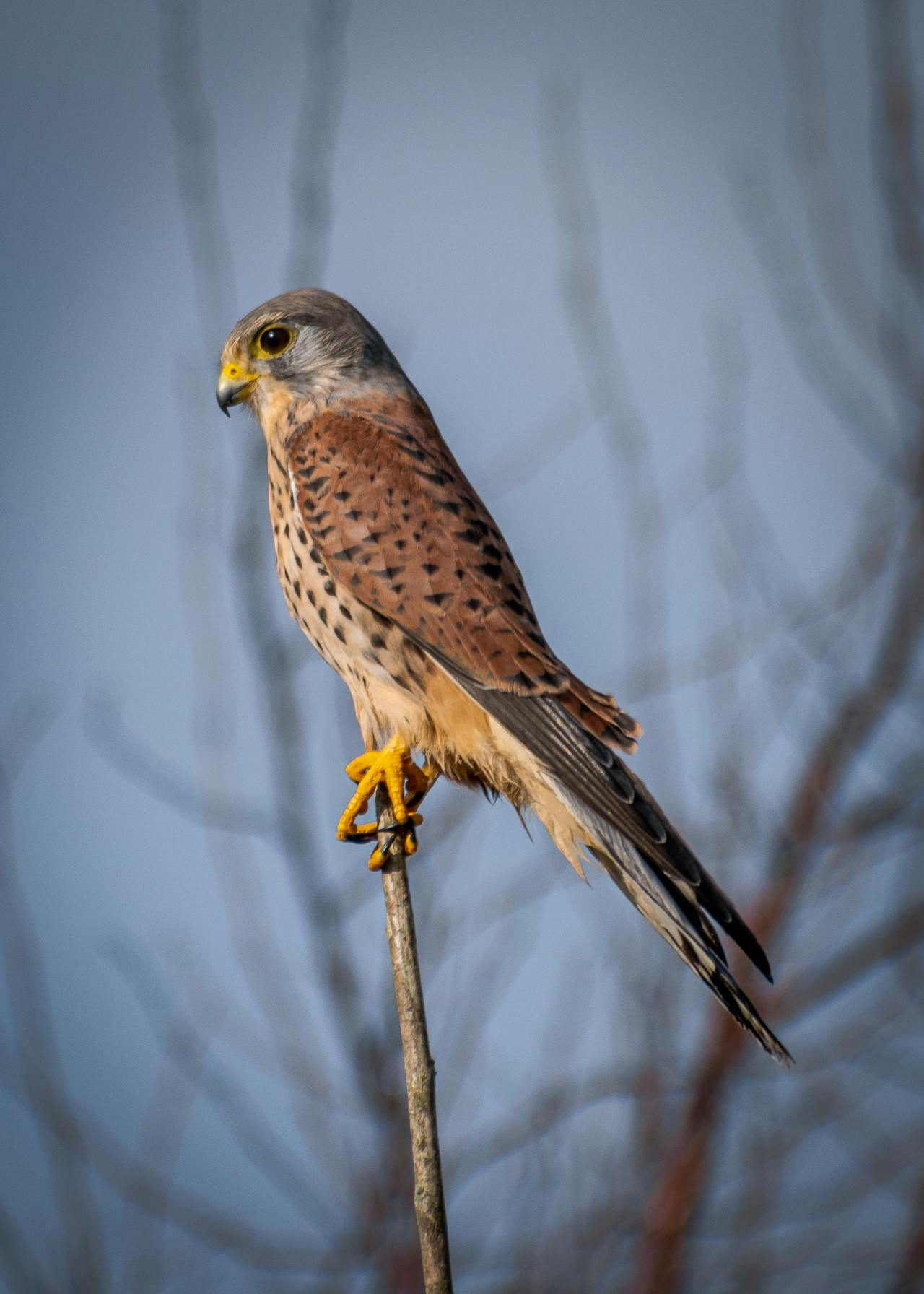
Caption
2007 - Kestrel (Falco tinnunculus)
"Shaking falcon" over meadows and cities, hunts mice - needs open landscapes and nesting boxes in church towers
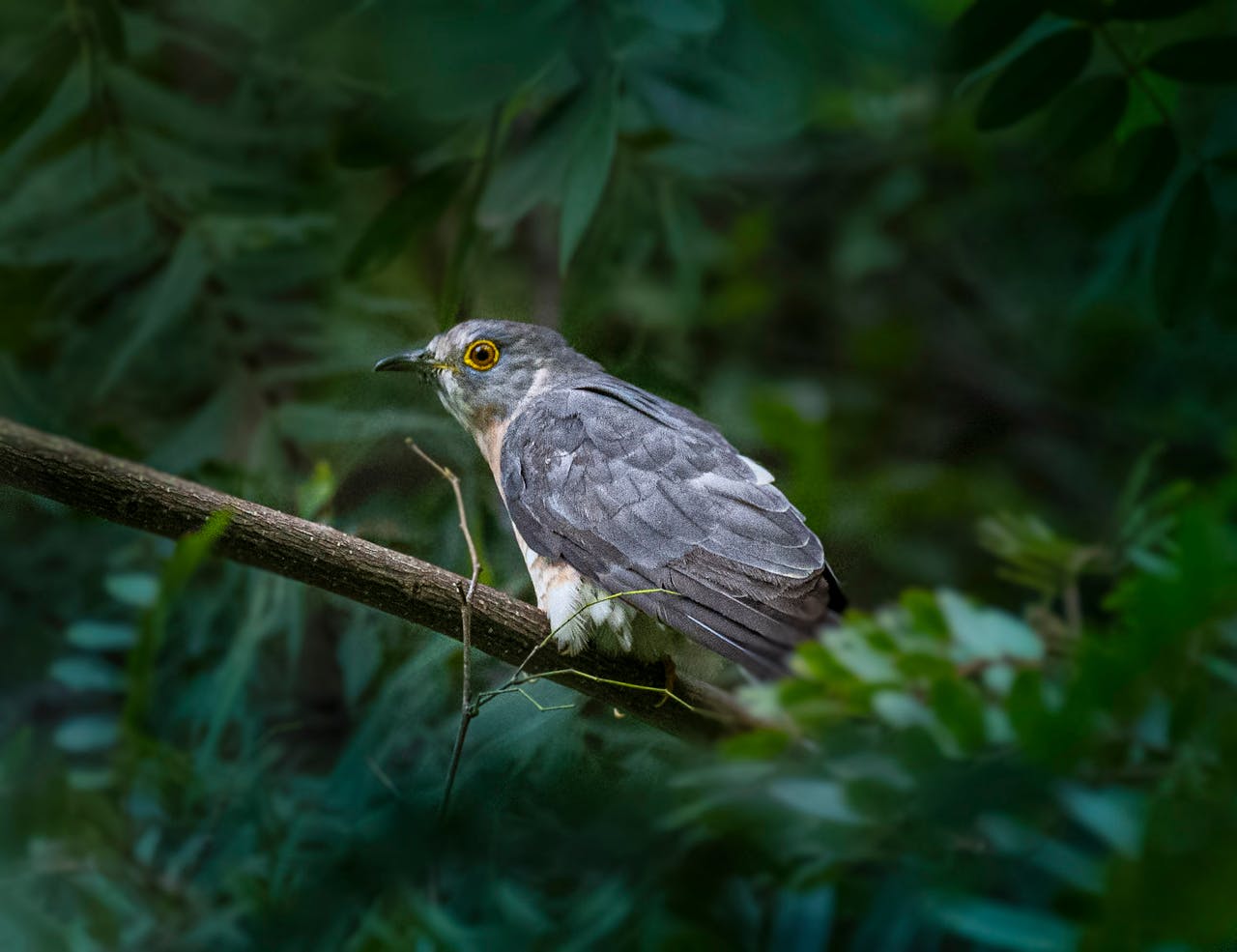
Caption
2008 - Cuckoo (Cuculus canorus)
Well-known spring caller, parasitizes nests of others - decline due to fewer insects and host birds
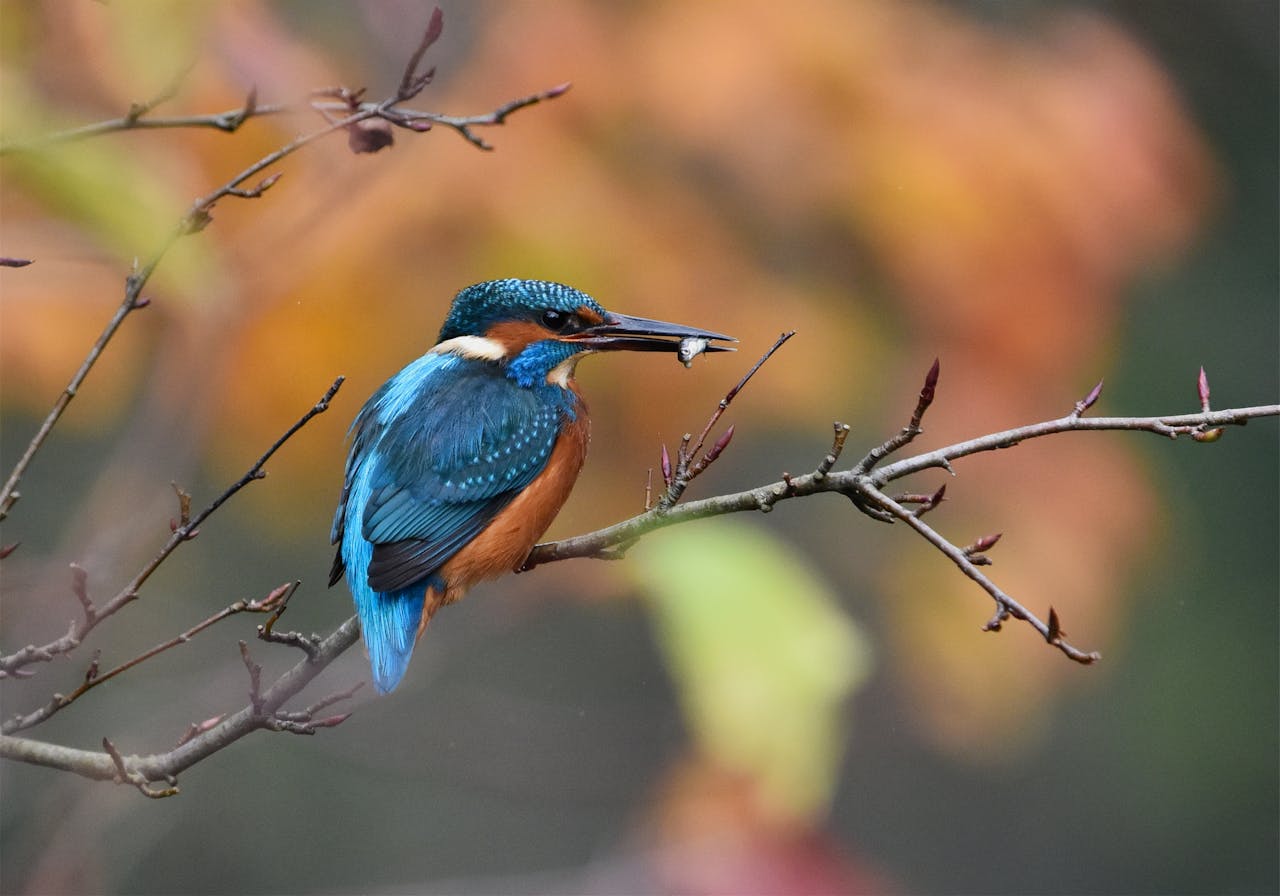
Caption
2009 - Kingfisher (Alcedo atthis)
Renewed choice of the kingfisher (LBV logo for the 100th anniversary) - symbol for healthy streams
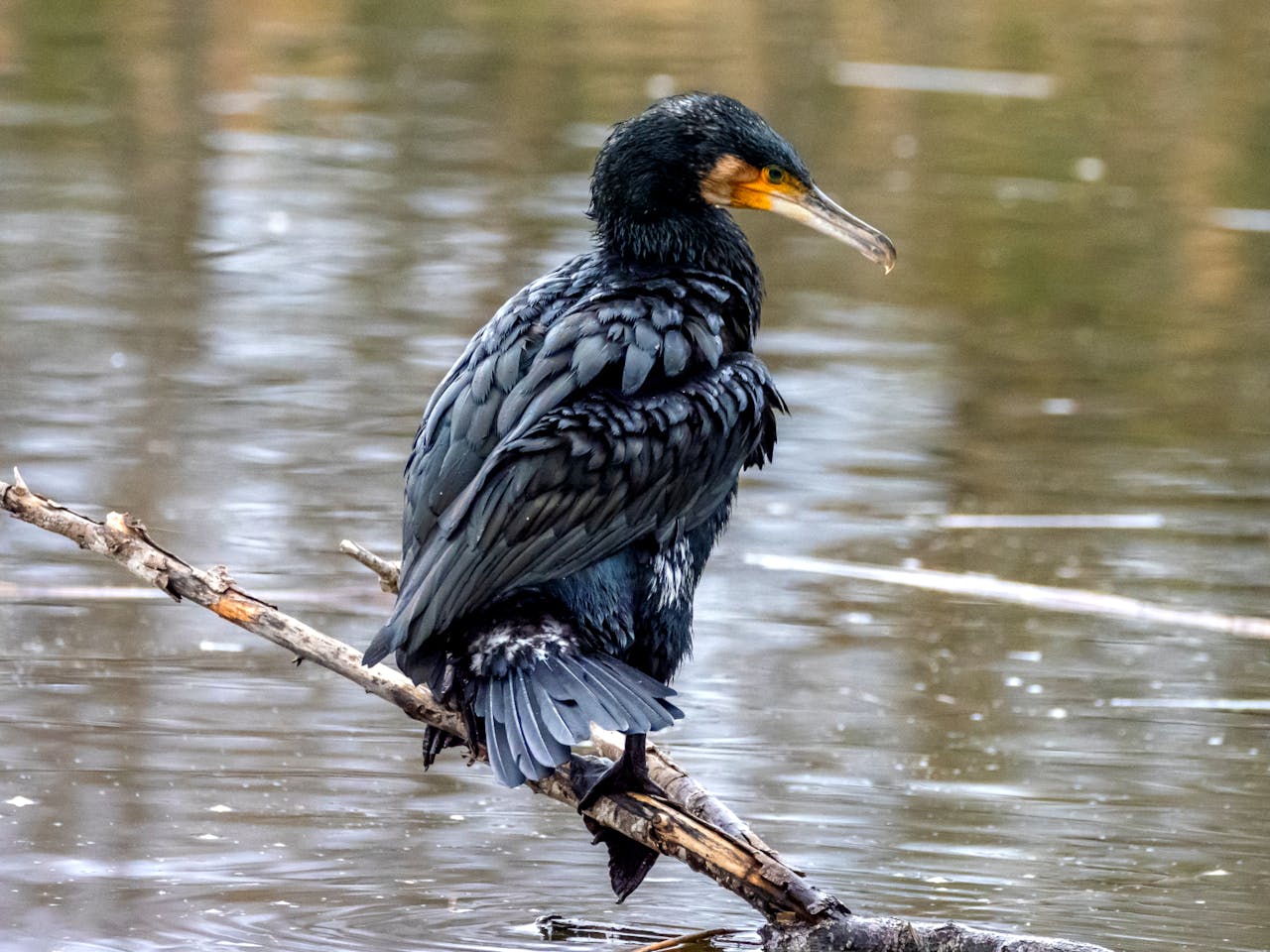
Caption
2010 - Cormorant (Phalacrocorax carbo)
Fish-eater with potential for conflict (fishing), reintroduced to water bodies through protection
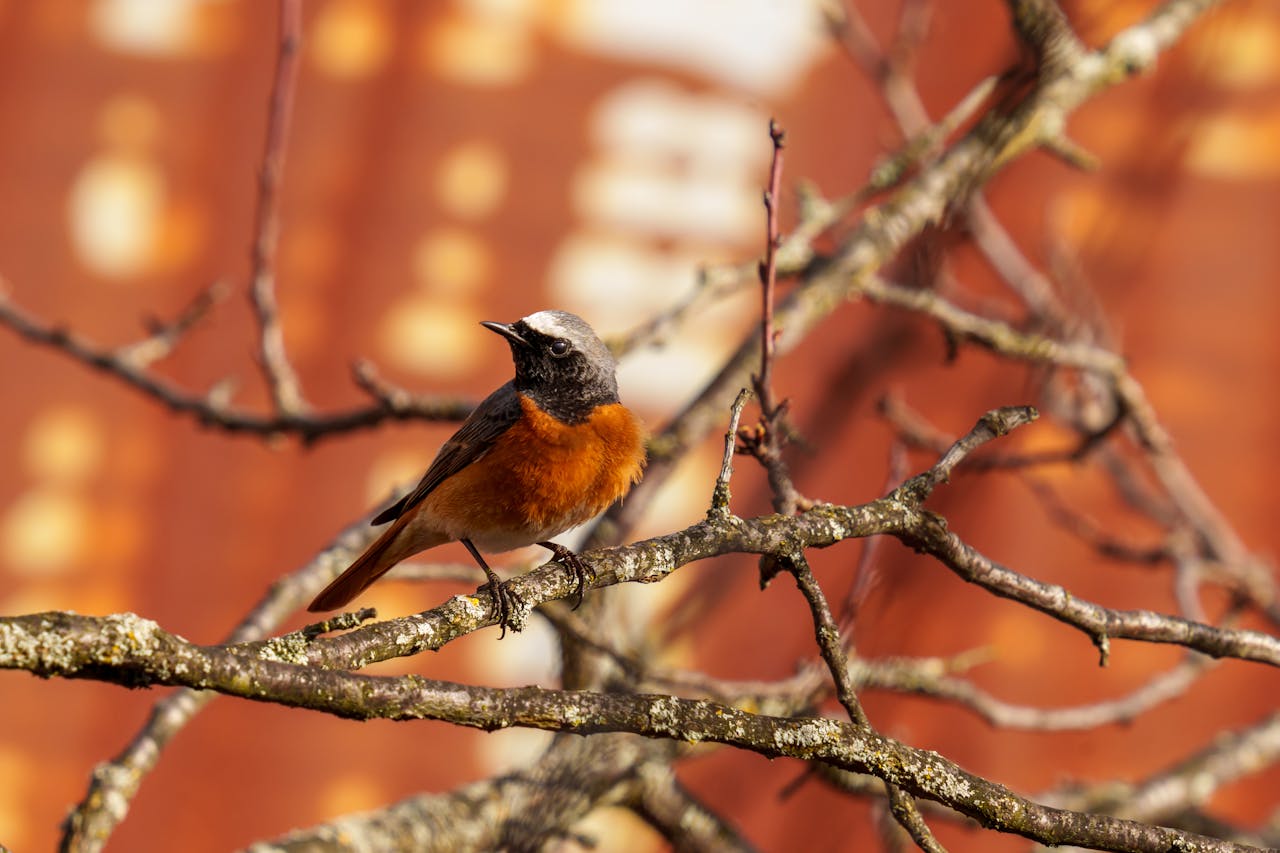
Caption
2011 - Common redstart (Phoenicurus phoenicurus)
Colorful songbird of gardens and orchards, migratory bird - populations are declining regionally
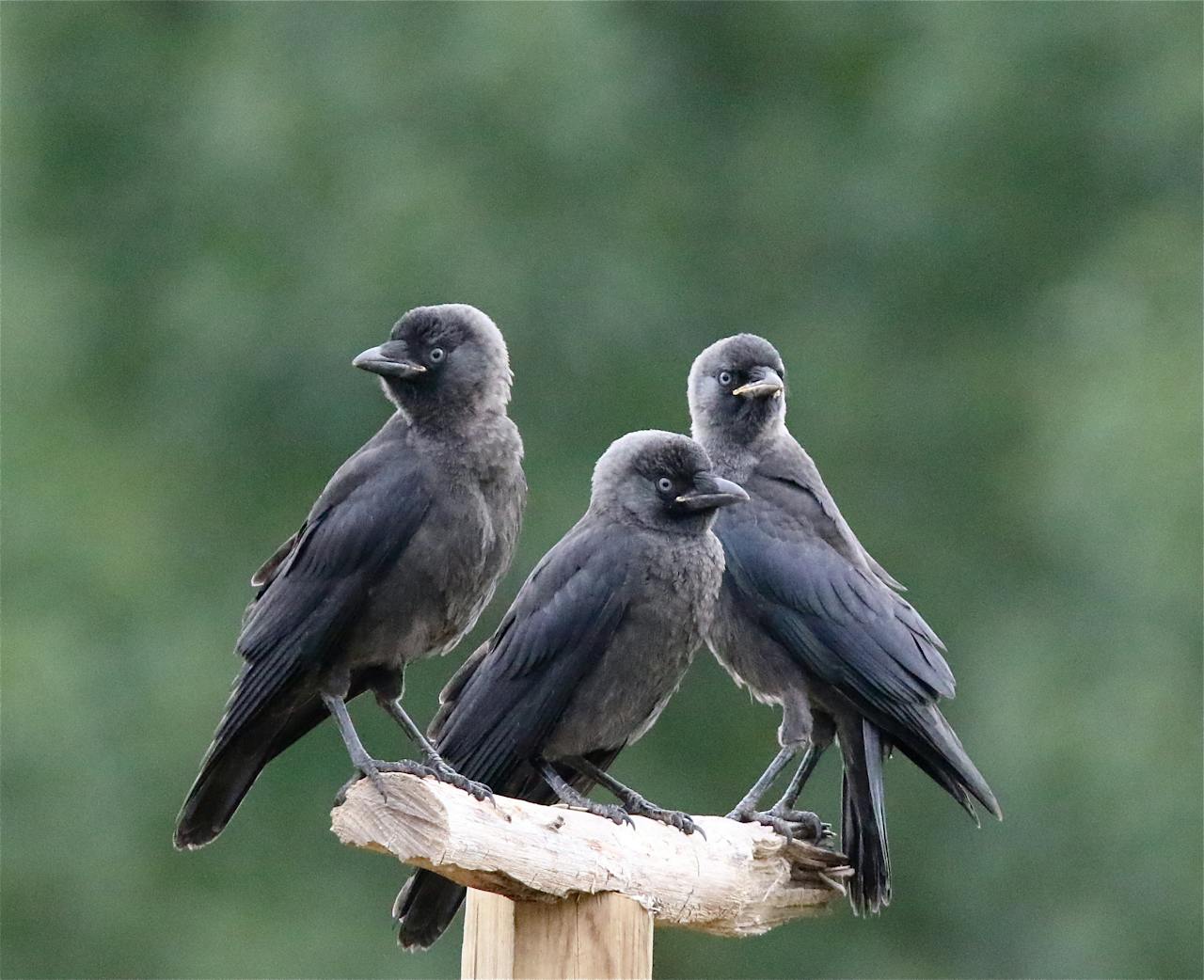
Caption
2012 - Jackdaw (Corvus monedula)
Intelligent corvid, breeds in colonies on old buildings/church towers - benefits from species protection on buildings
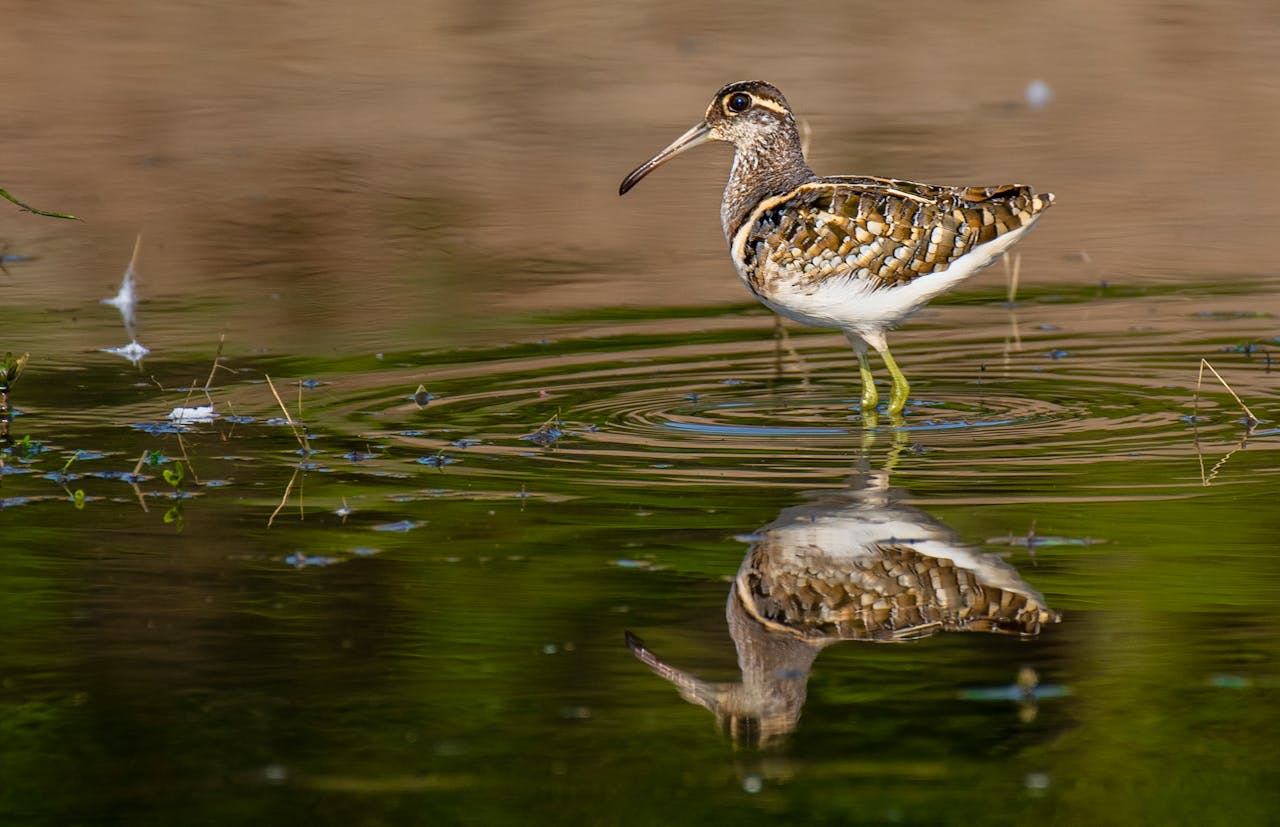
Caption
2013 - Snipe (Gallinago gallinago)
Marsh bird with a bleating mating call, critically endangered - stands for moorland protection

Caption
2014 - Green woodpecker (Picus viridis)
Ant-eating woodpecker, increasingly found in gardens and parks (benefits from mild winters)
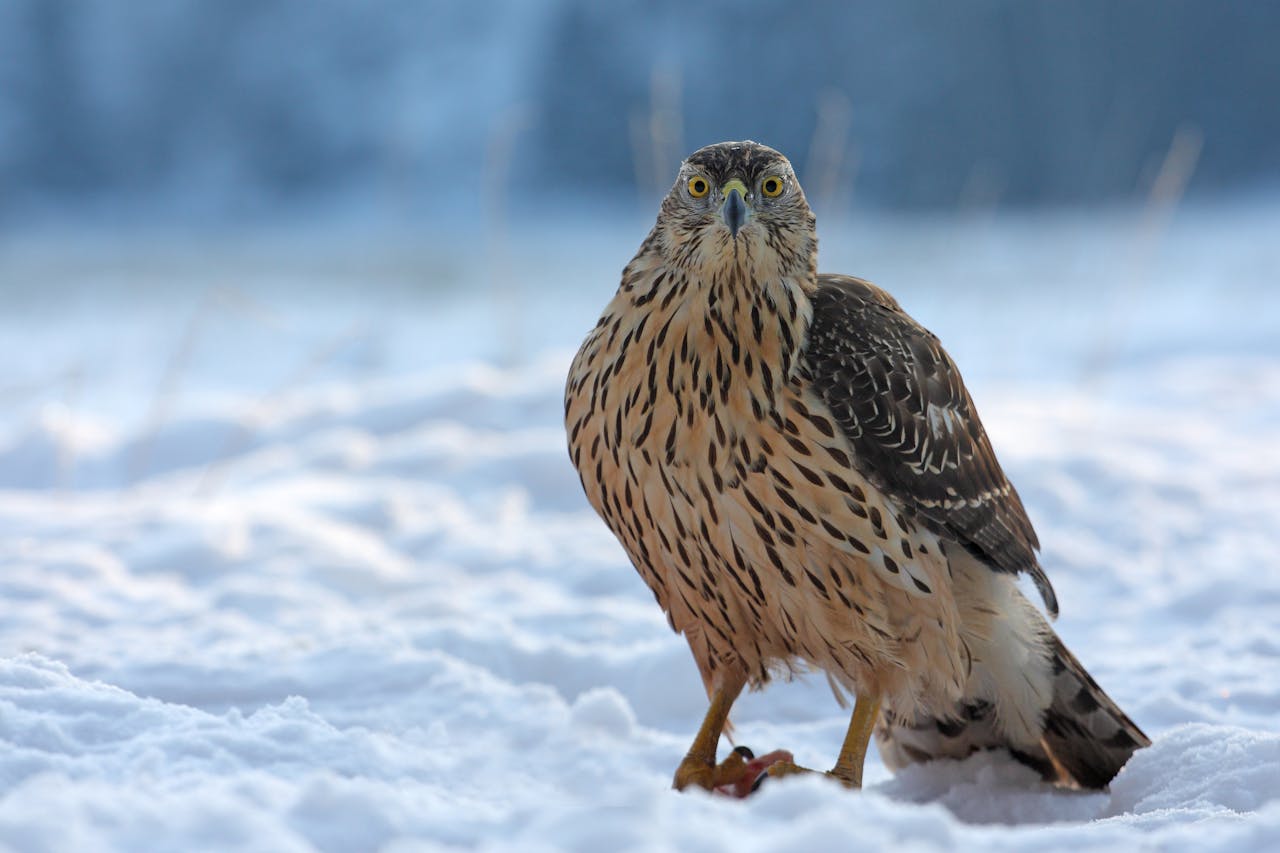
Caption
2015 - Goshawk (Accipiter gentilis)
Once heavily persecuted (pigeon fancier conflict), now a protected forest bird - symbol of successful species conservation
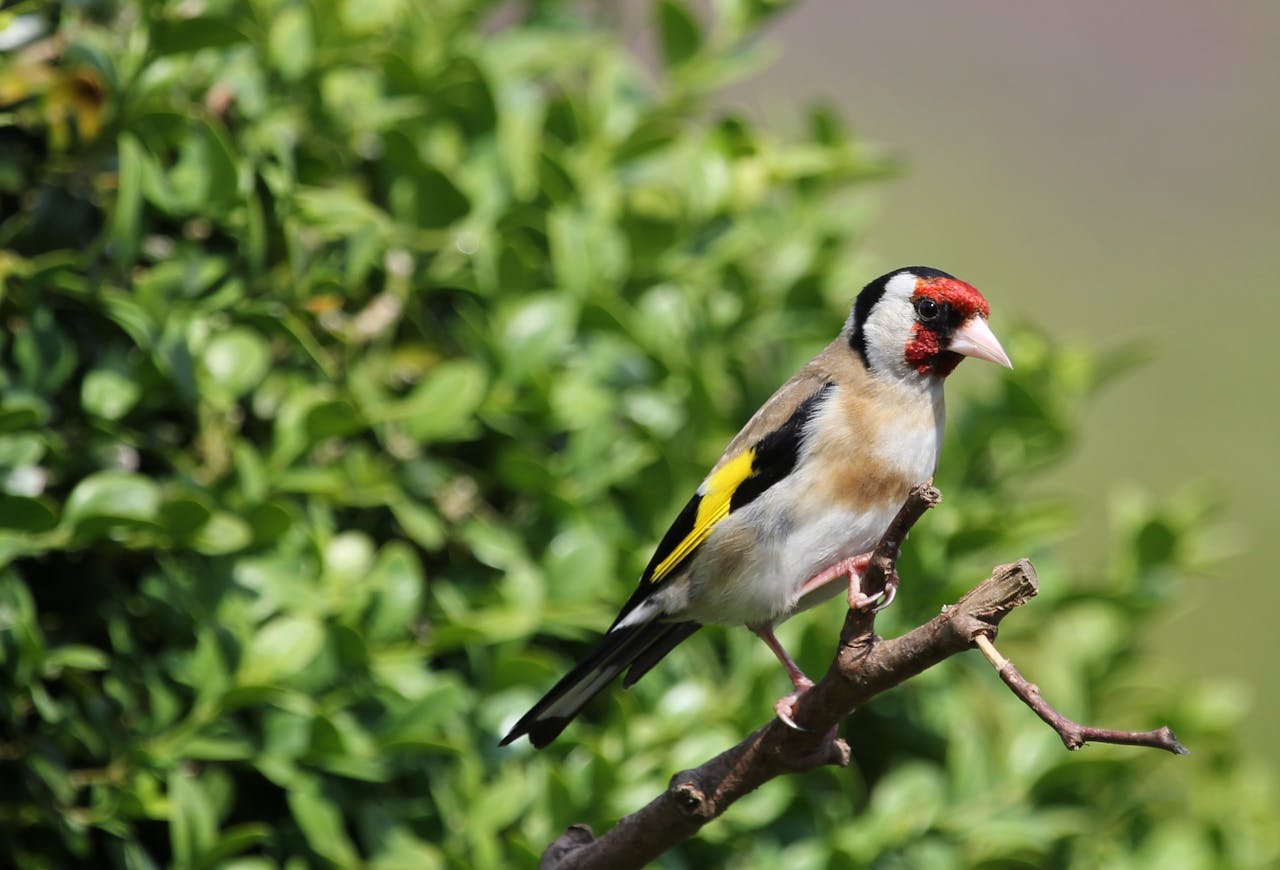
Caption
2016 - Goldfinch (Carduelis carduelis)
Also called "goldfinch", colorful and cheerful - stands for species-rich wildflower meadows and field margins
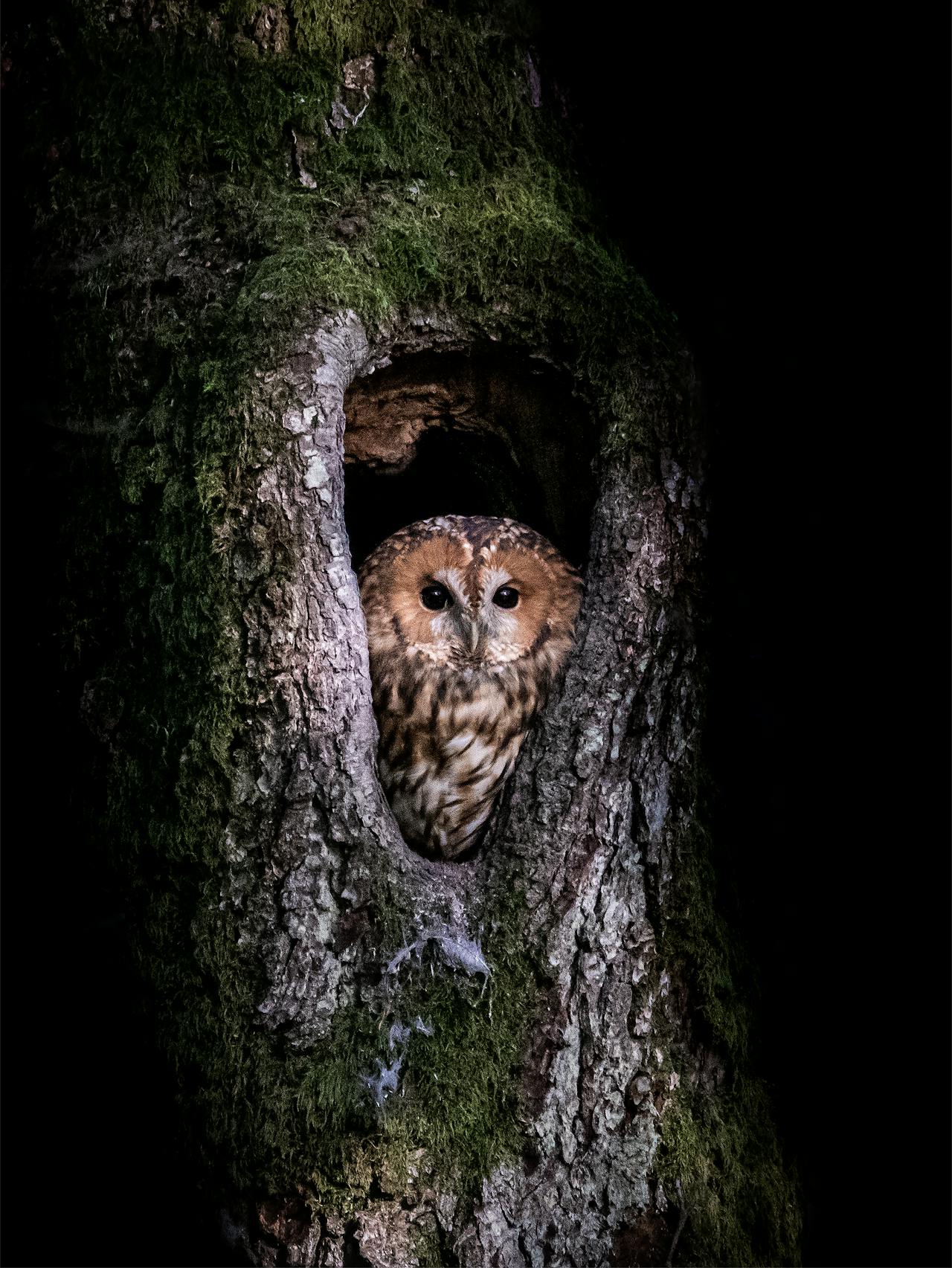
Caption
2017 - Tawny owl (Strix aluco)
Common owl in forests and parks, needs old trees with caves - Bird of the Year 2017 made owls popular
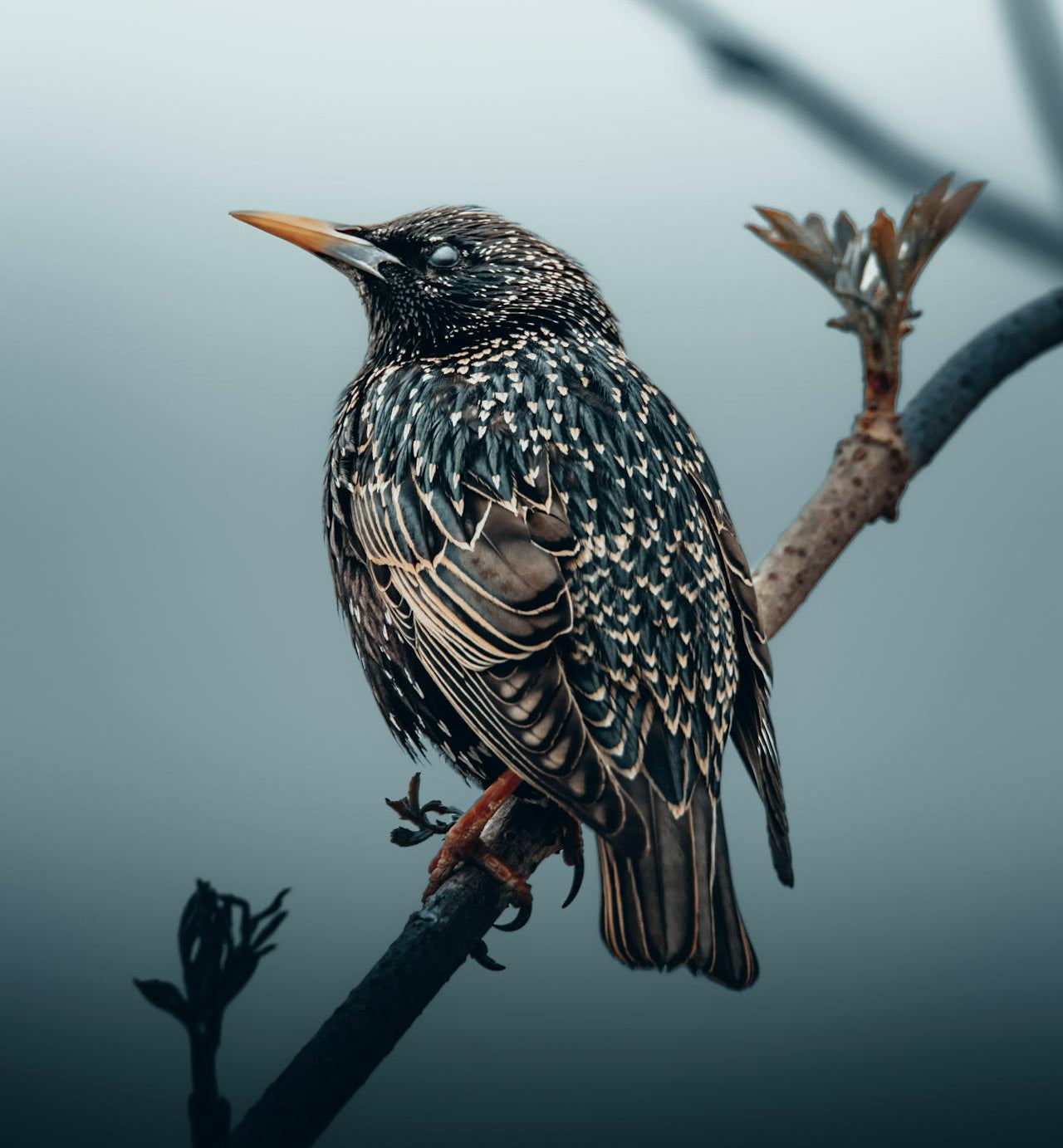
Caption
2018 - Starling (Sturnus vulgaris)
Iridescent flocking bird, formerly common, now endangered in some regions (insect and habitat loss)
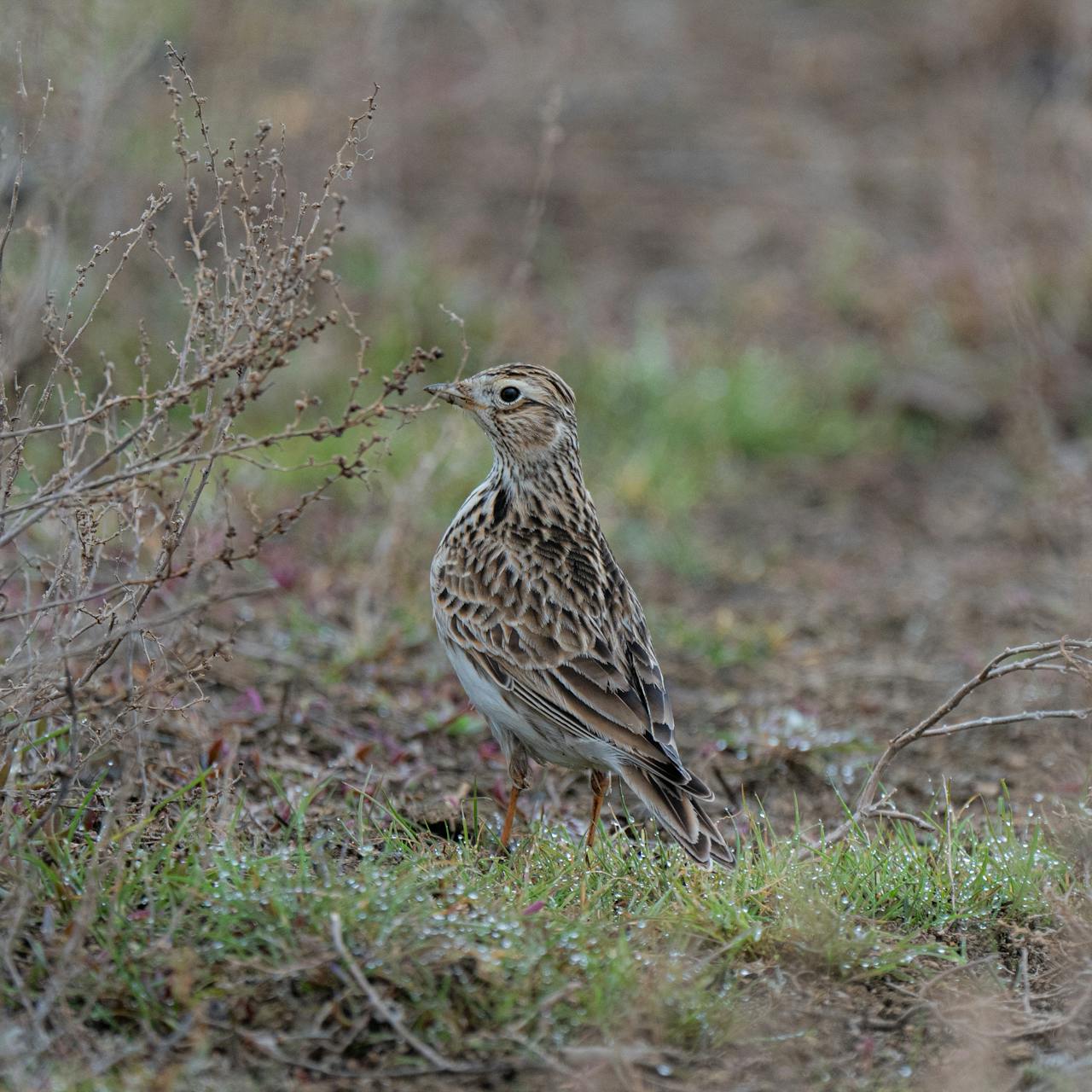
Caption
2019 - Skylark (Alauda arvensis)
Chosen again: Skylark is representative of endangered farmland birds - around 25% population lost since 1998
Source: NABU/LBV; selection criteria are primarily endangerment of the species or its habitat. Some species have therefore been voted Bird of the Year several times, e.g. white stork, kingfisher, skylark, robin, hoopoe, whinchat and lapwing (see table above).
Focus: The birds of the year 2020 to 2025
Finally, we take a look at the last few years, in which the bird vote took place publicly and with a high level of participation. Each annual bird from 2020 to 2025 is representative of current challenges in nature conservation:
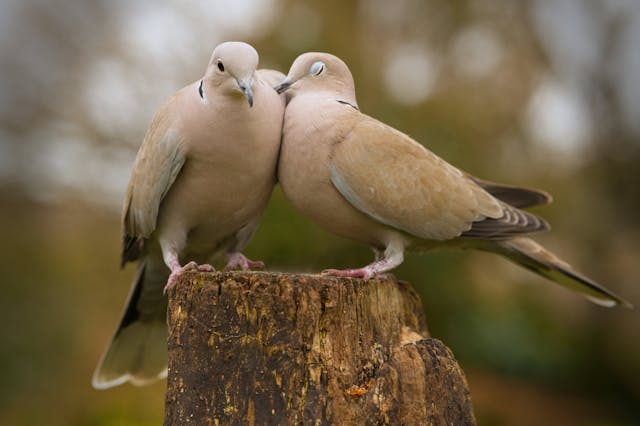
Caption
2020 - Turtle dove
The selection of the turtle dove made many people aware of the dramatic decline in the population of this symbol of happiness and love. As the first globally endangered bird on the list, the small pigeon stands for the loss of habitats and the threat of hunting along its migration route. Today, turtle doves have become rare in Germany - in some regions their familiar "turtle calls" have almost fallen silent.
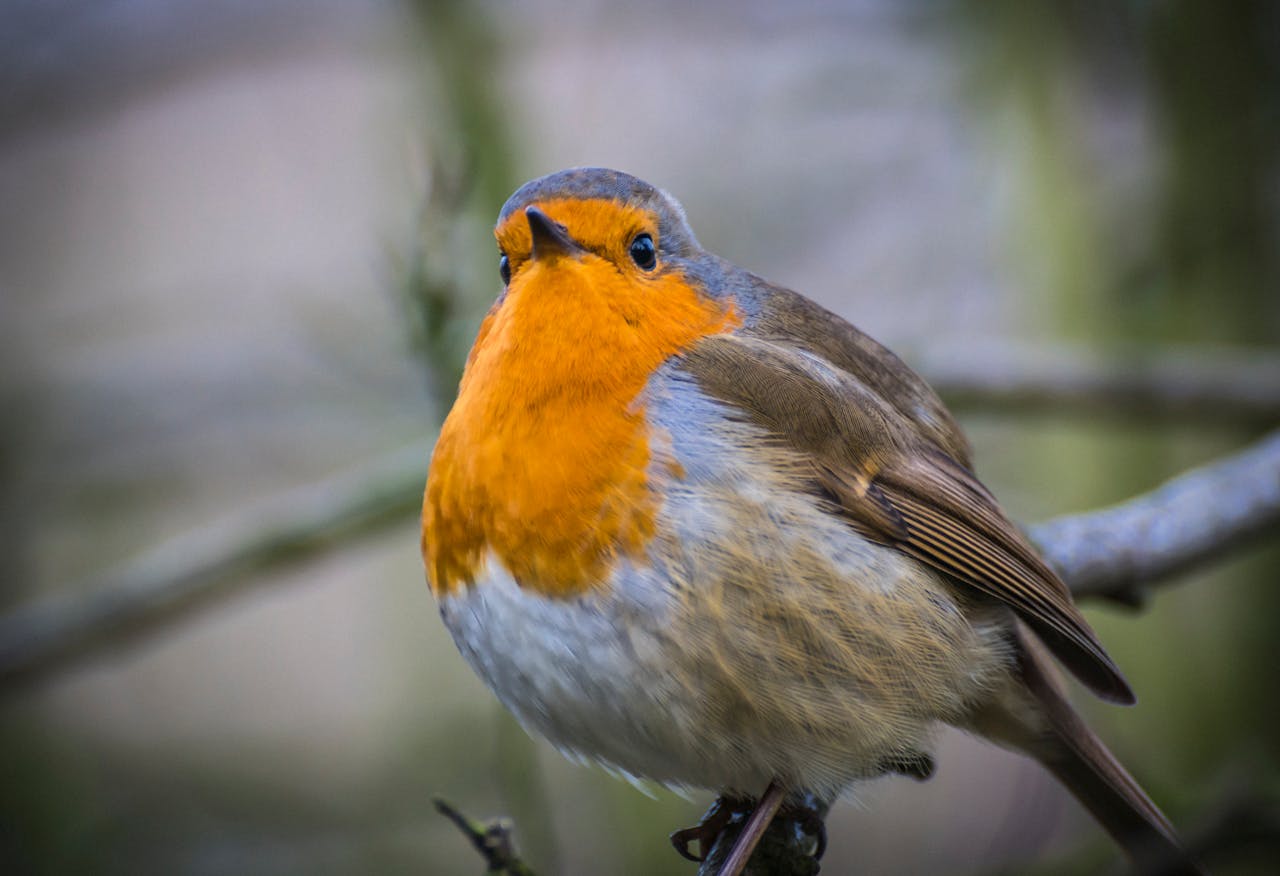
Caption
2021 - European robin
The robin confidently won the first public bird poll in 2021 as the Germans' favorite bird. With the slogan "More garden diversity", this familiar garden bird promoted near-natural green spaces. The fact that a common bird like the robin was once again voted Bird of the Year shows that Even well-known native species benefit from bird conservation - for example through bird-friendly gardens that provide sufficient shelter and food.

Caption
2022 - Hoopoe
In 2022, the hoopoe prevailed - a rare and strikingly colourful guest that was able to mobilize many fans. With its orange feathered cap and long beak, the "Bird of the Year 2022" looks almost exotic. Its success in the poll drew attention to its habitat: the hoopoe needs insect-rich, semi-open landscapes with old trees (for breeding cavities) and extensive meadow management. Under these conditions, the currently still small populations (estimated at under 1,000 breeding pairs nationwide) could recover - a glimmer of hope for the charismatic bird.
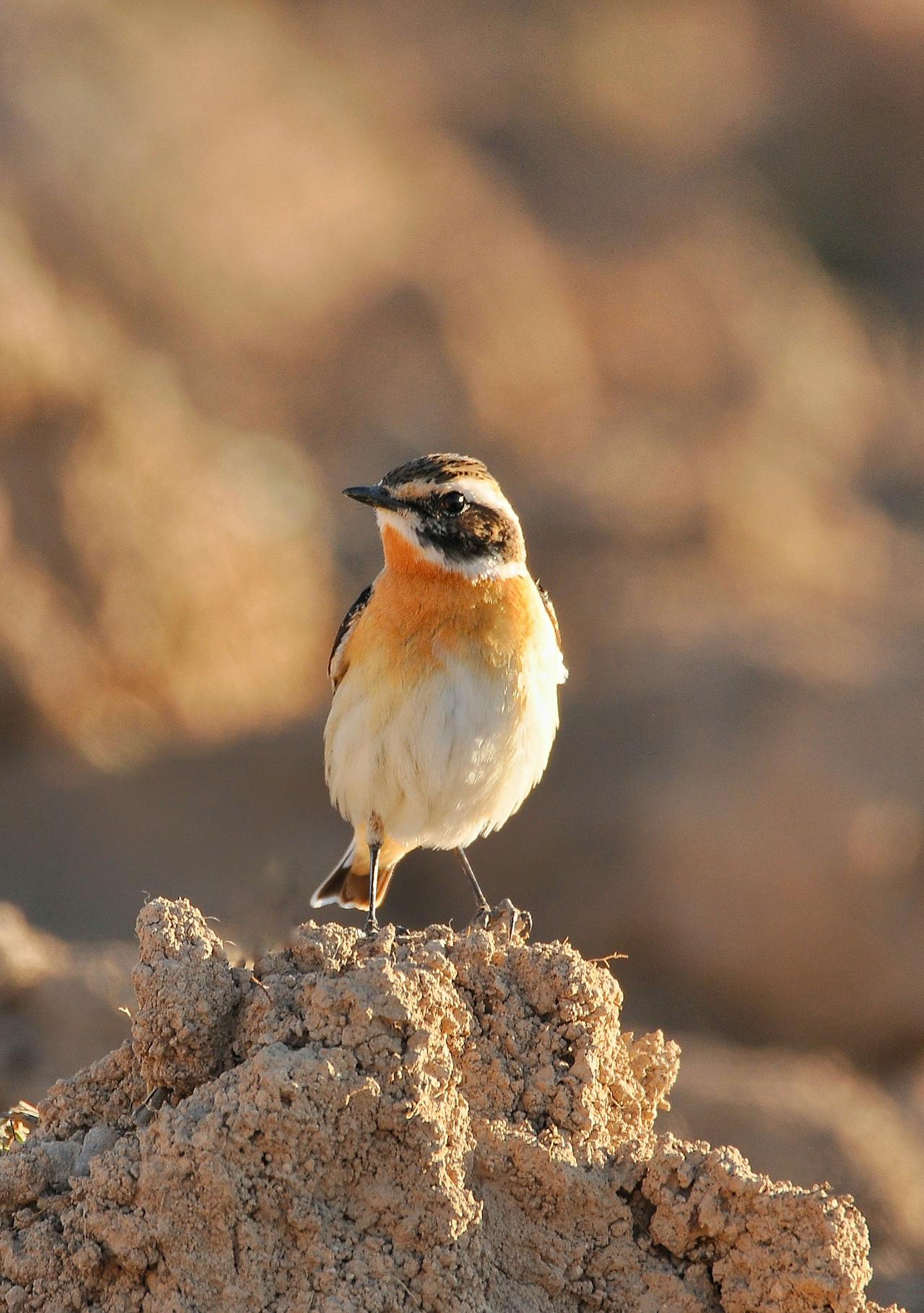
Caption
2023 - Whinchat
The 2023 title went to the whinchat, an inconspicuously colorful meadow and pasture bird. Affectionately known as the "meadow clown" because of its white eye stripe, the whinchat stands for the preservation of wet meadows and pasture landscapes. Its drastic decline in the intensively used agricultural landscape has alarmed many: The election was intended to raise awareness that bird conservation and biotope protection go hand in hand. Where more flowering meadows and fallow land are permitted again, the little meadow clown also has a future.
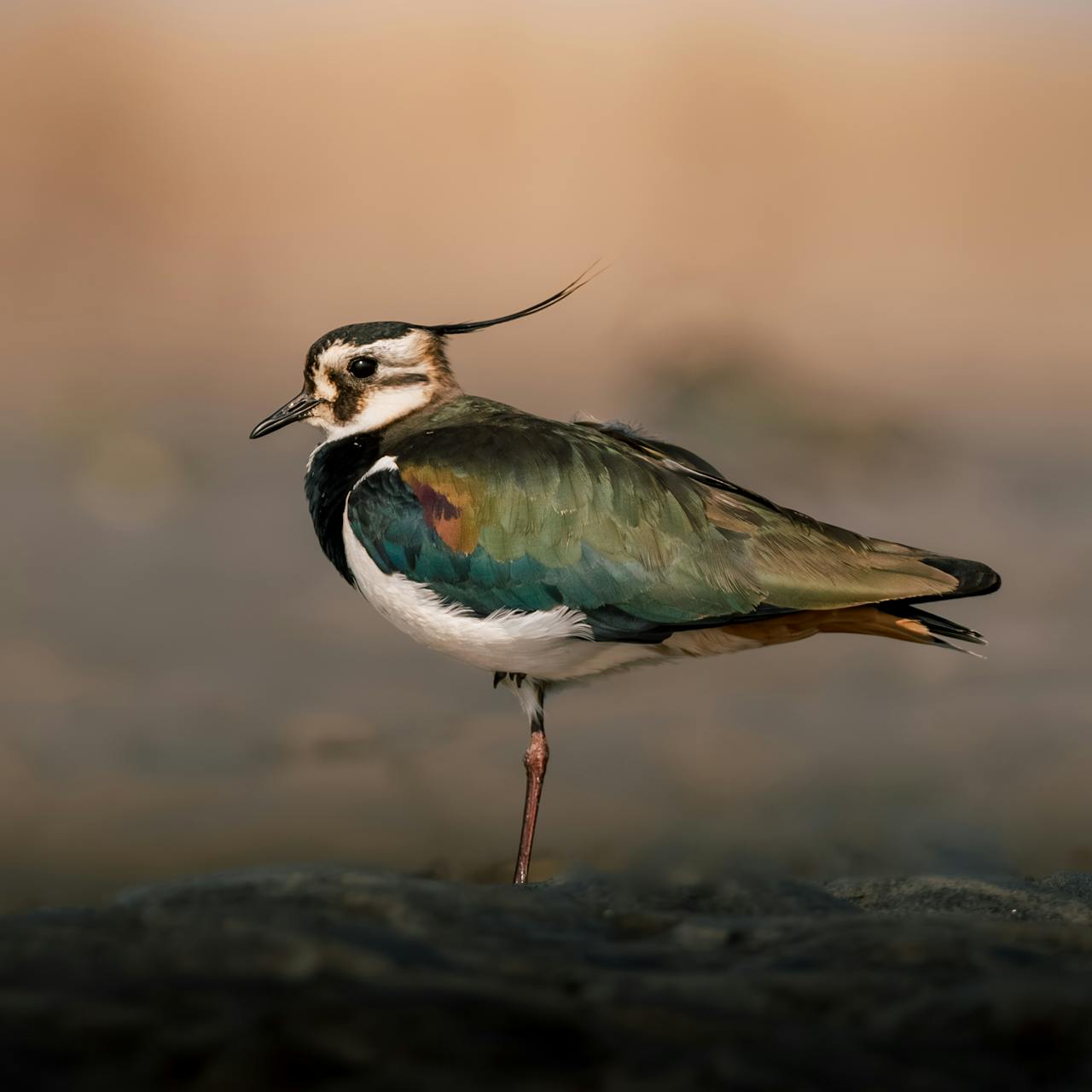
Caption
2024 - Lapwing
Lapwing and no end in sight - in 2024, the black and white lapwing with its distinctive plumage won the election. This once common meadow breeder is now highly endangered as more and more wet meadows are being lost. Its election slogan "Water march!" sums it up: the lapwing lacks wet habitats. The vote for Bird of the Year 2024 therefore focused on moorland protection, meadow protection and more bird-friendly agriculture. With good reason, the lapwing was chosen once before in 1996 - and unfortunately the appeal was more topical than ever.
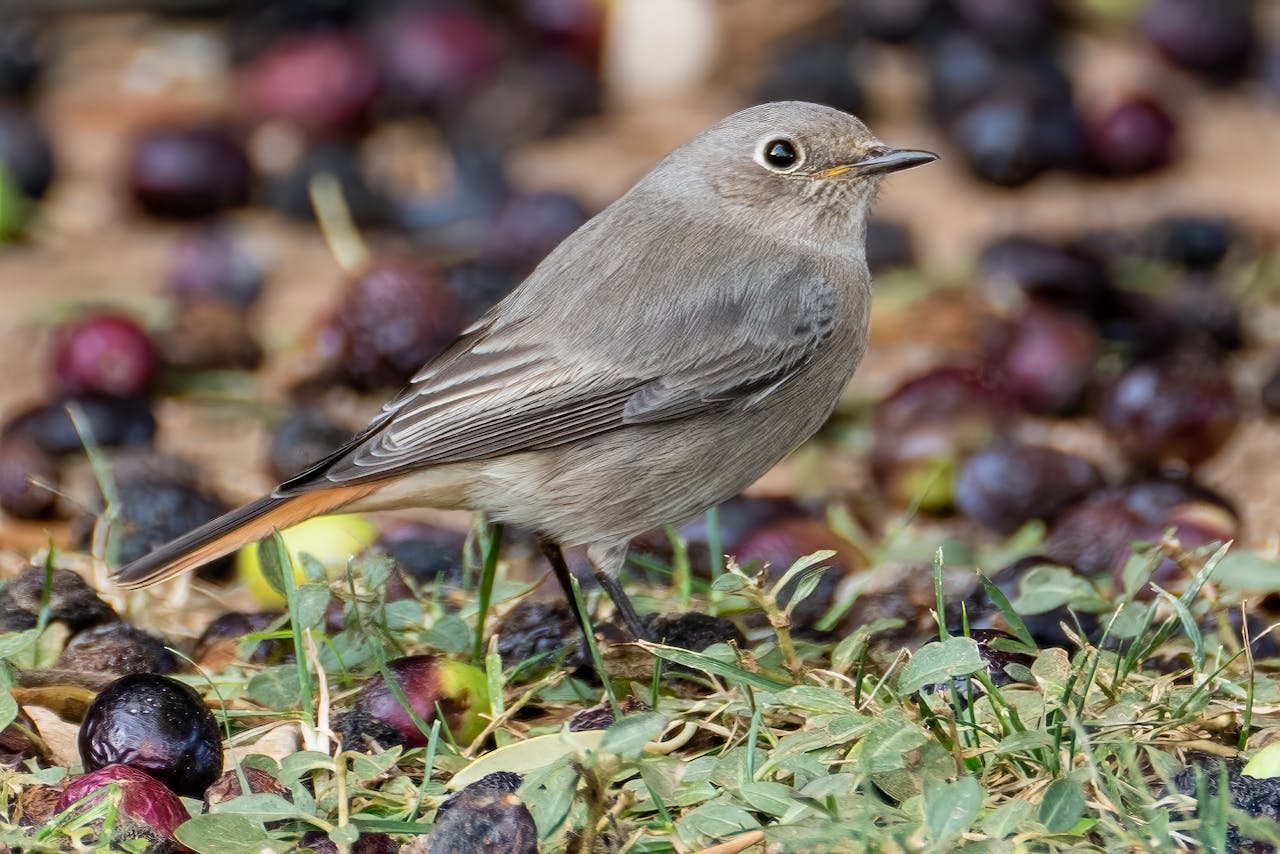
Caption
2025 - Black redstart
The current bird of the year is the black redstart, chosen for 2025. This inconspicuously pretty songbird is a cultural successor: originally a rock-breeder in the mountains, it has conquered towns and villages as a habitat - its trilling territorial song from the roof ridge in the early hours of the morning is well known. However, the modern environment is also causing problems for a more common bird like the black redstart: Tidy, sealed settlements and frequent mowing mean there are no insects to feed on, and smooth new building facades offer fewer niches for breeding. So bird protection often starts right at home and in the garden. If you would like to find out more about the bird of the year 2025: In our blog you will find a separate article on the Black redstart as bird of the year 2025 and why it is representative of many building breeders. 📖
Outlook: The excitement is already building as to which native bird will be voted Bird of the Year 2026 in the fall of 2025. 🏆 In one of our blog posts on our Prediction of the bird of the year 2026 we take a look at the favorites and the public vote. One thing is certain: every election offers the chance to get young and old excited about native bird species and nature conservation - whether in their own backyard or beyond. So let's stay curious and continue to stand up for our feathered friends!
